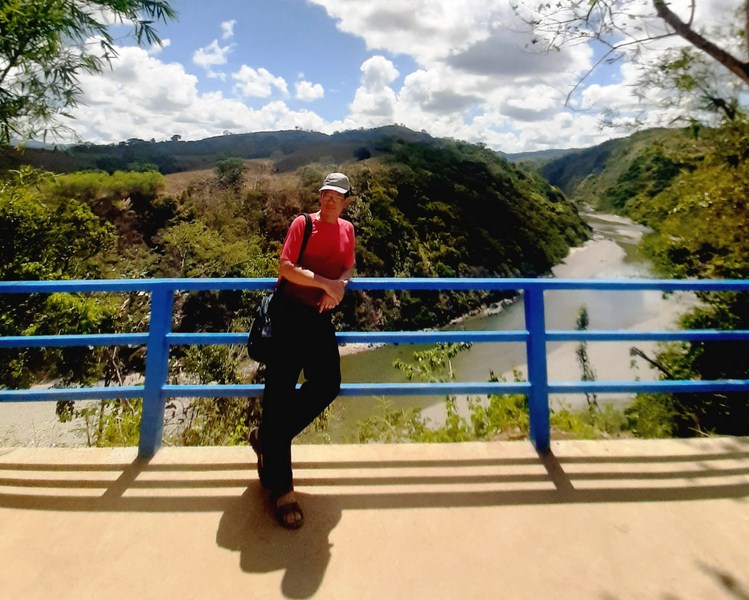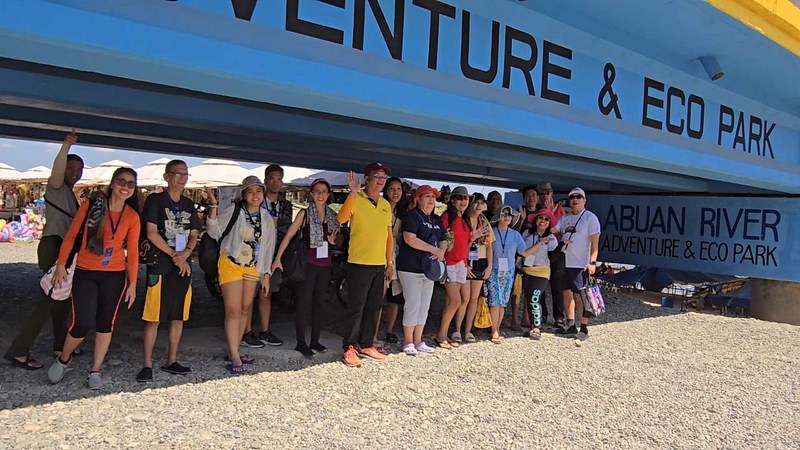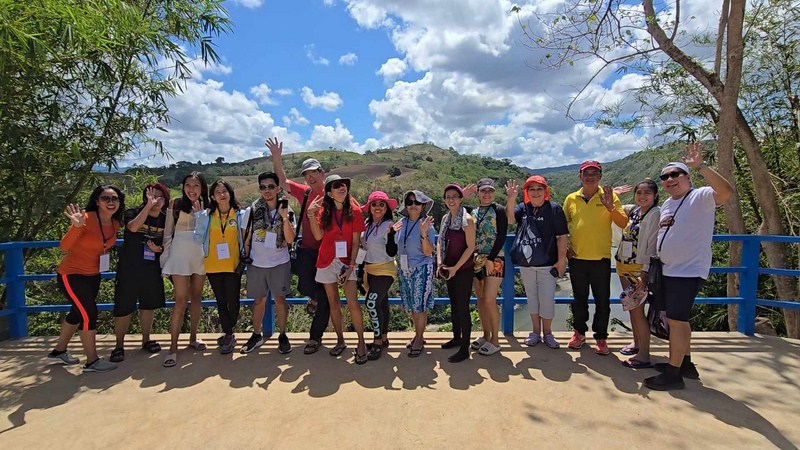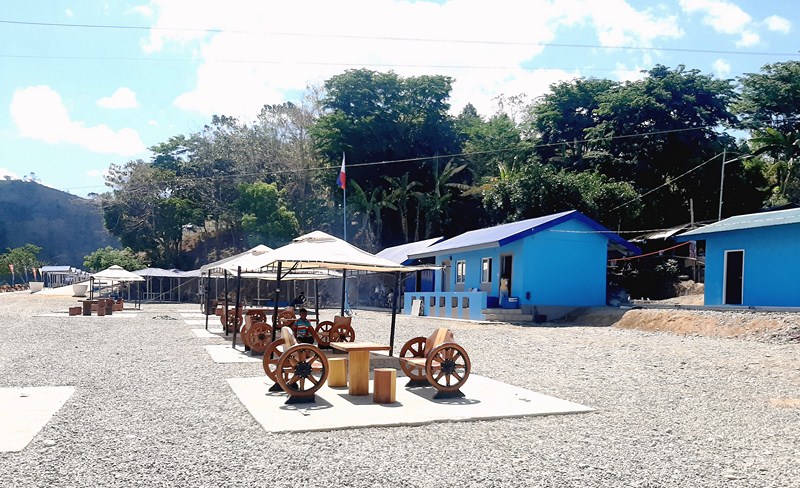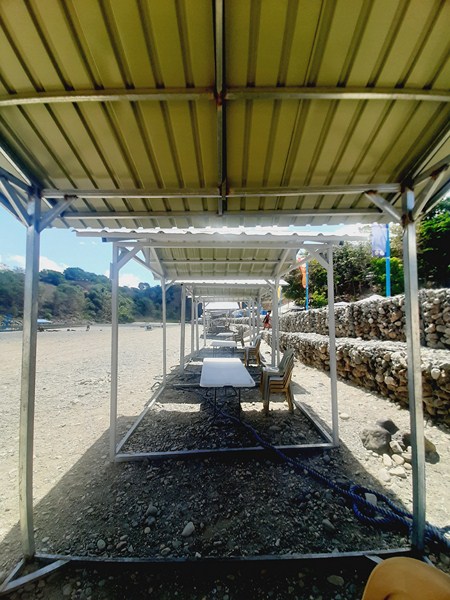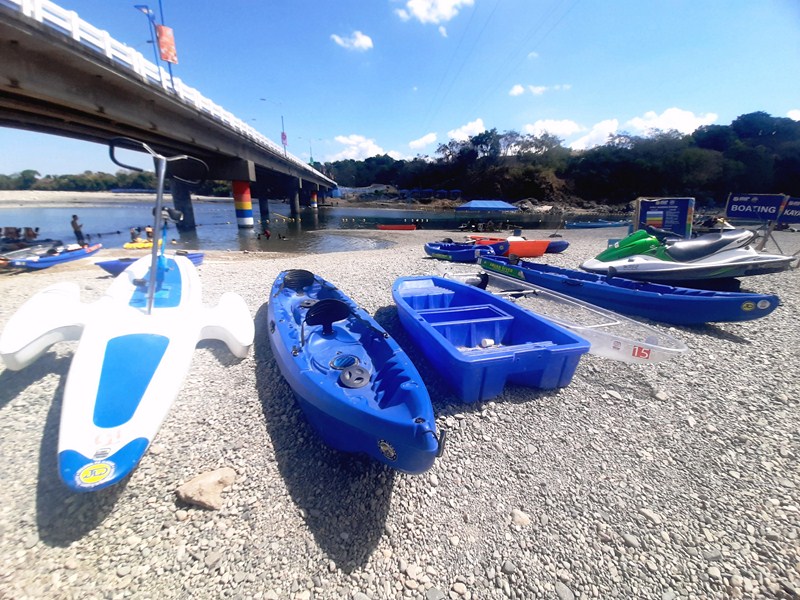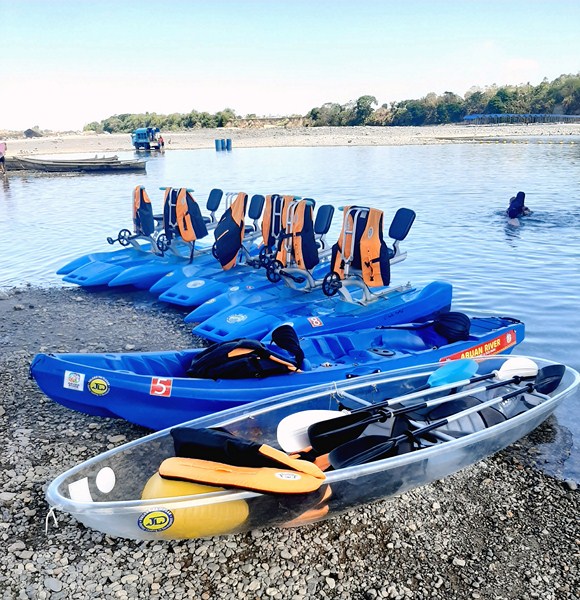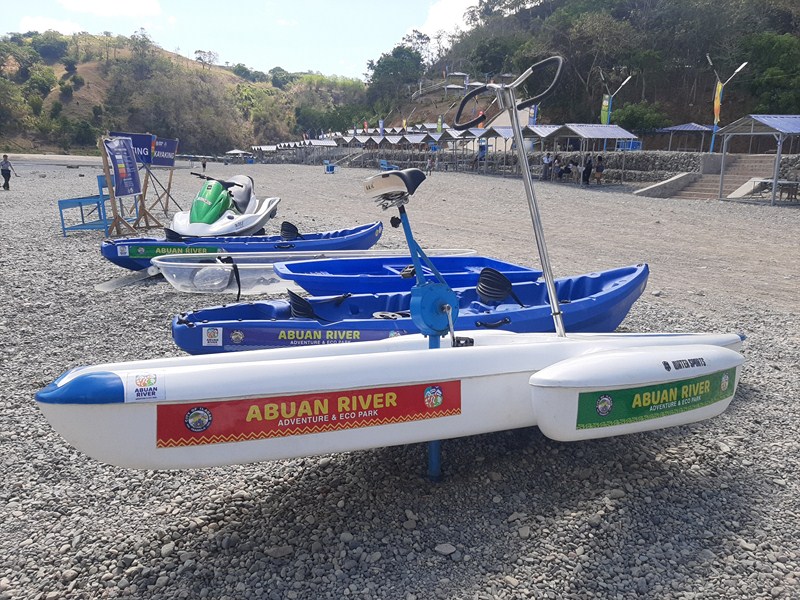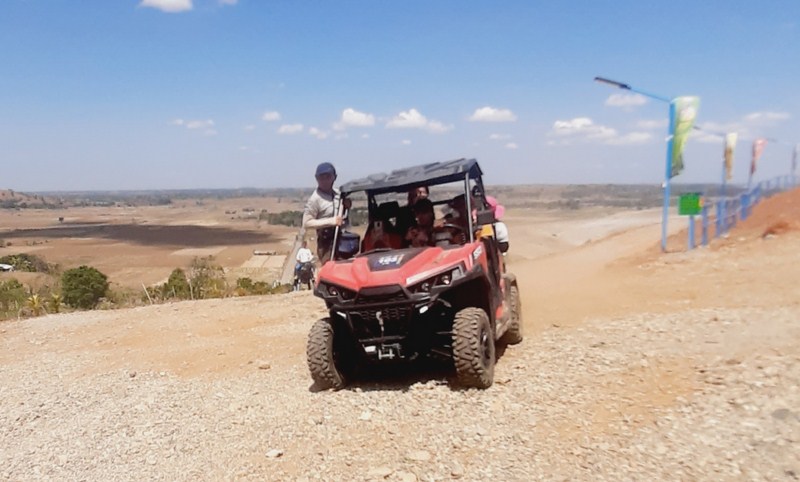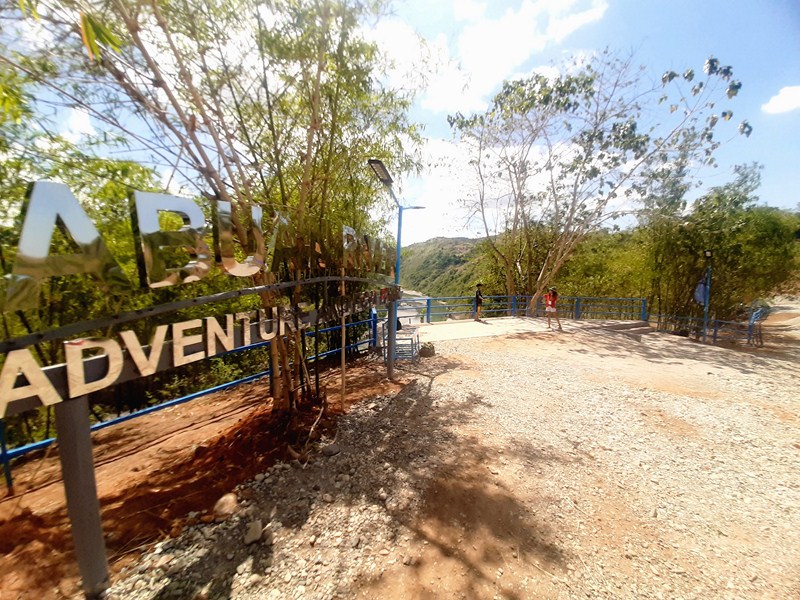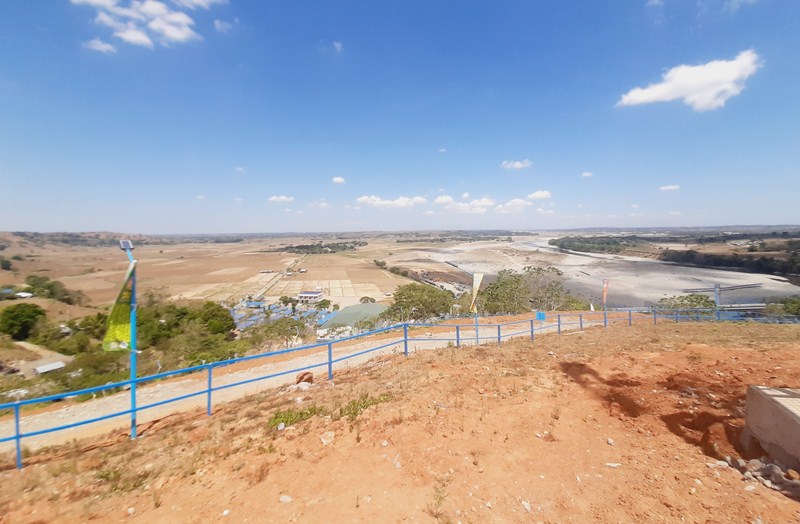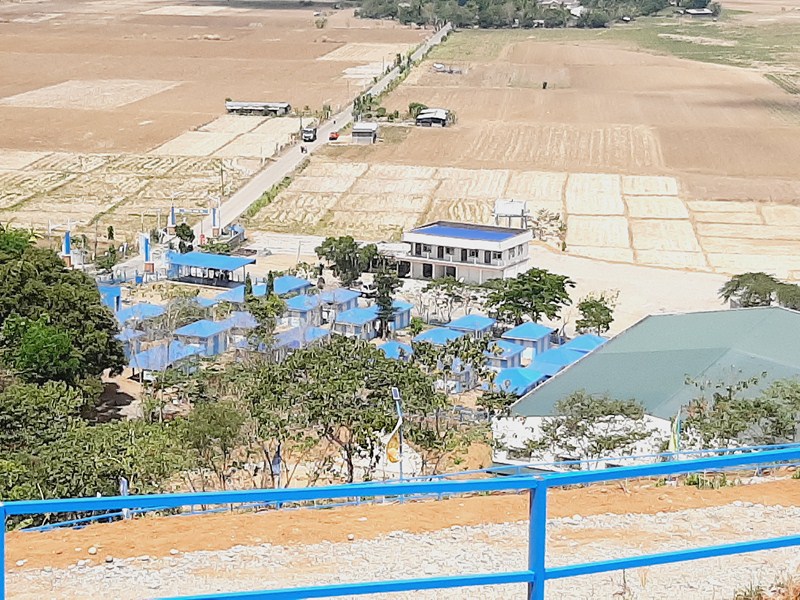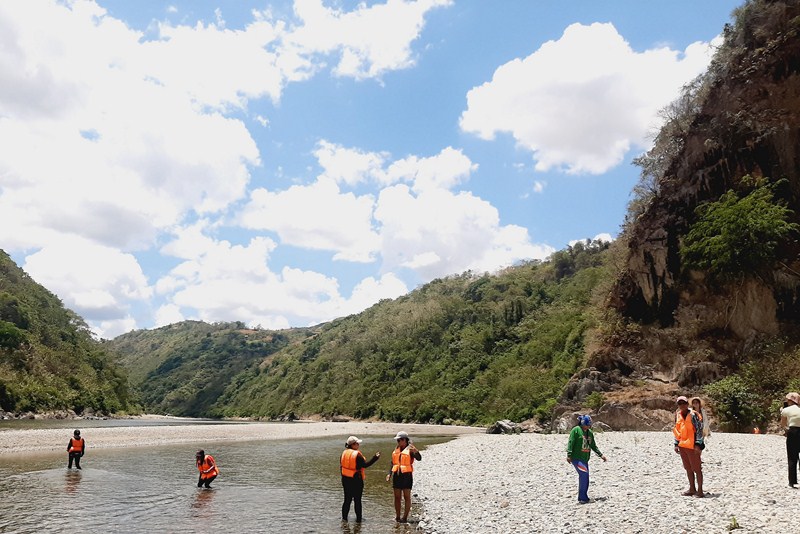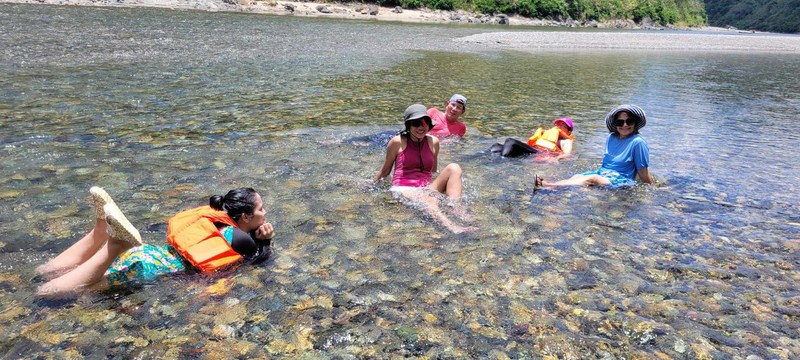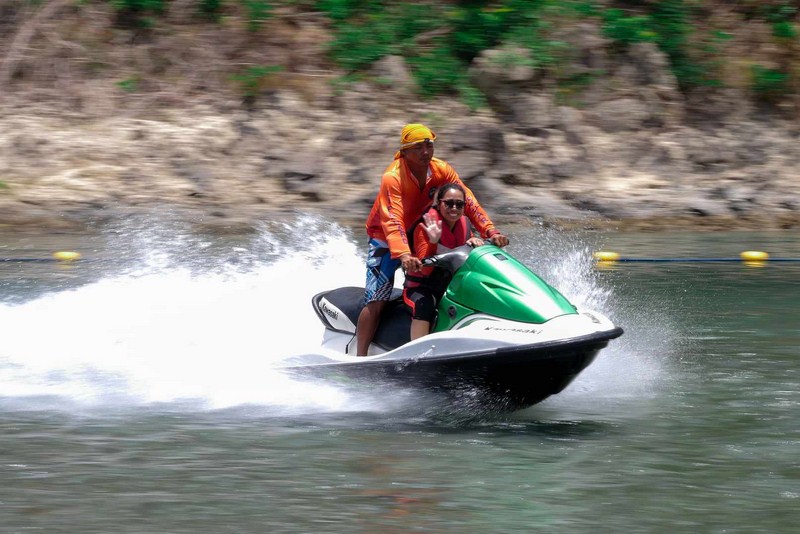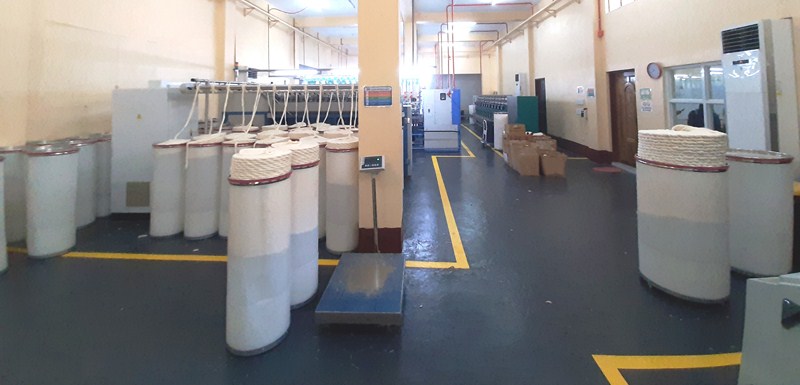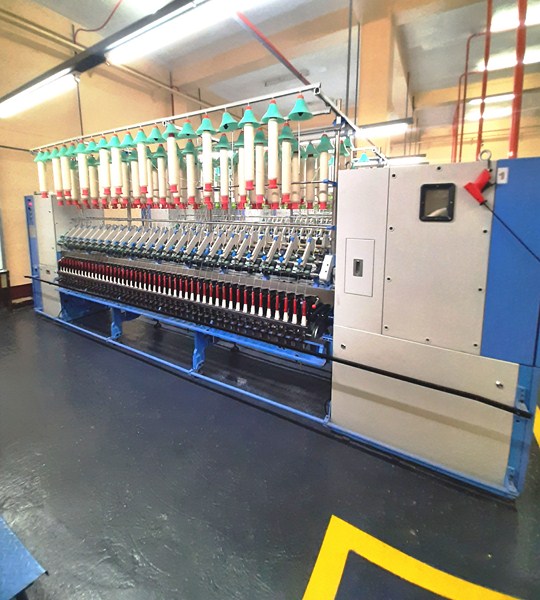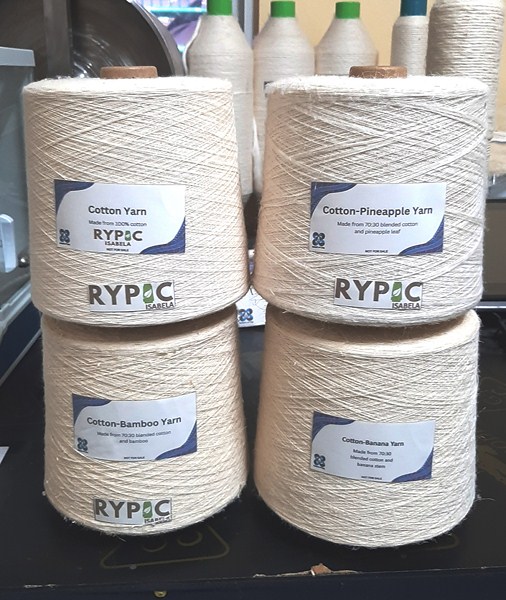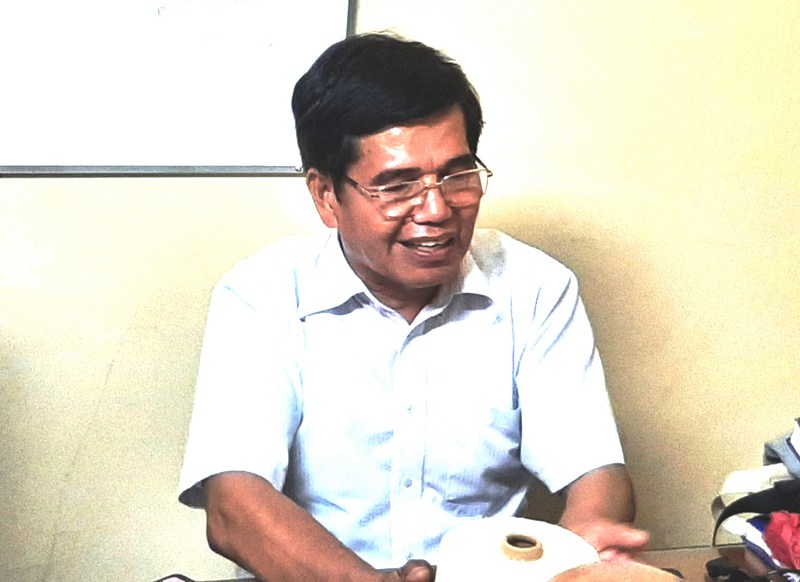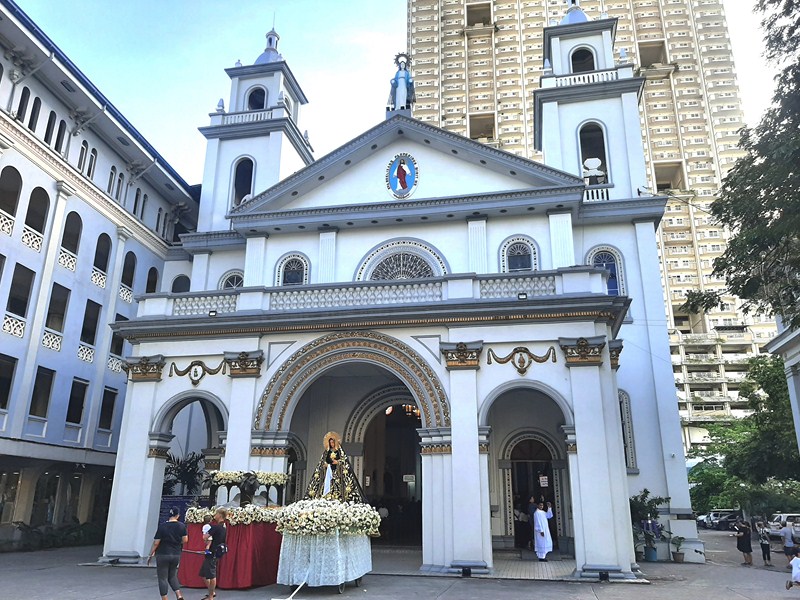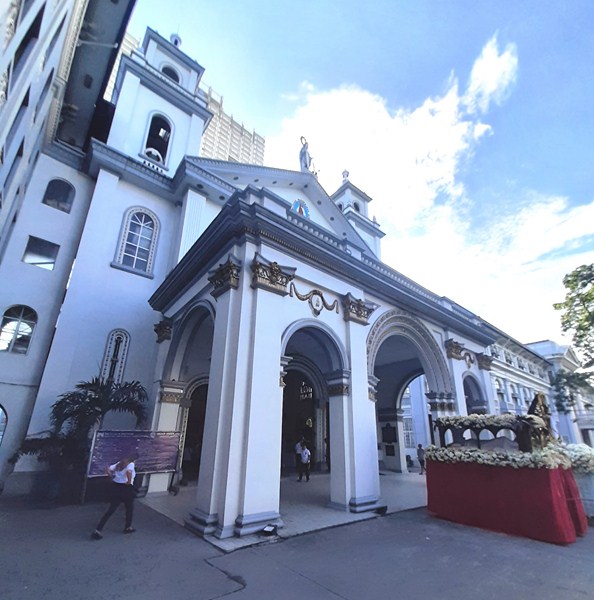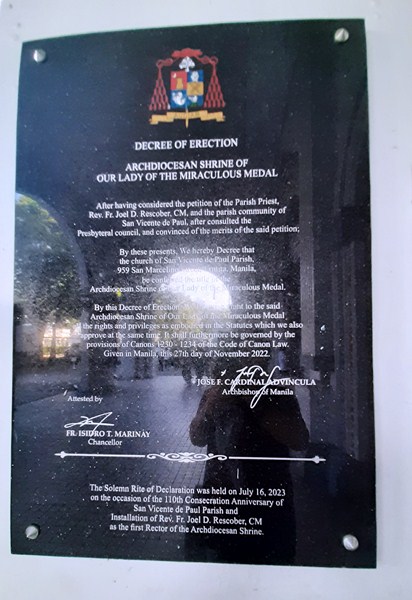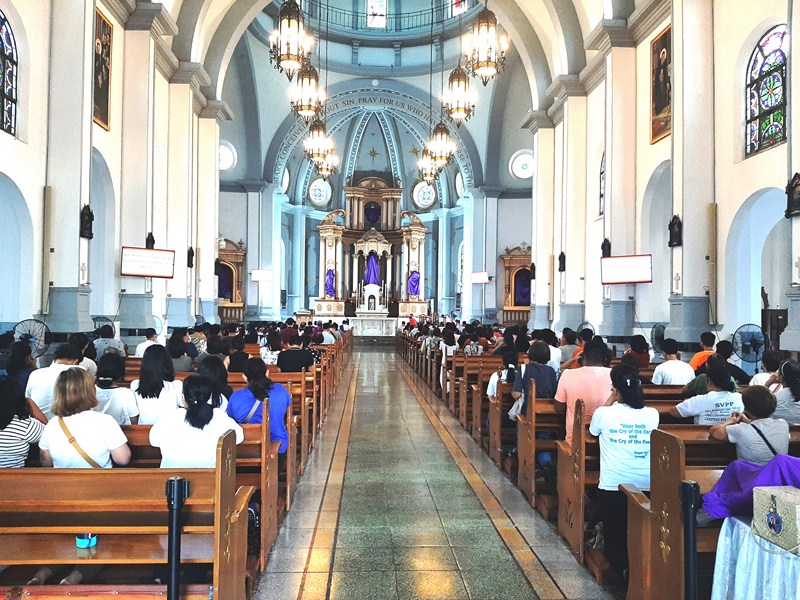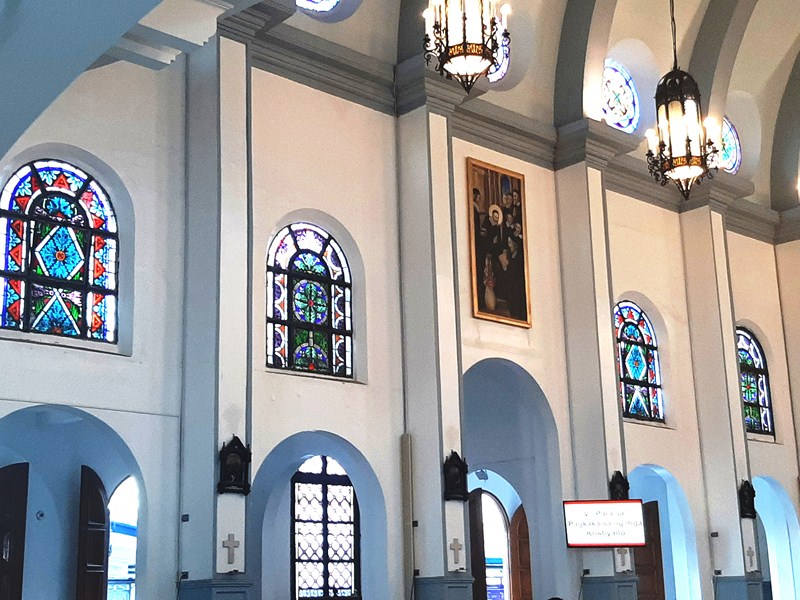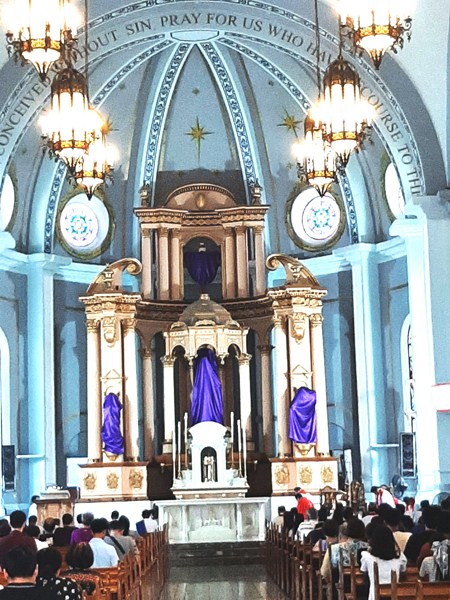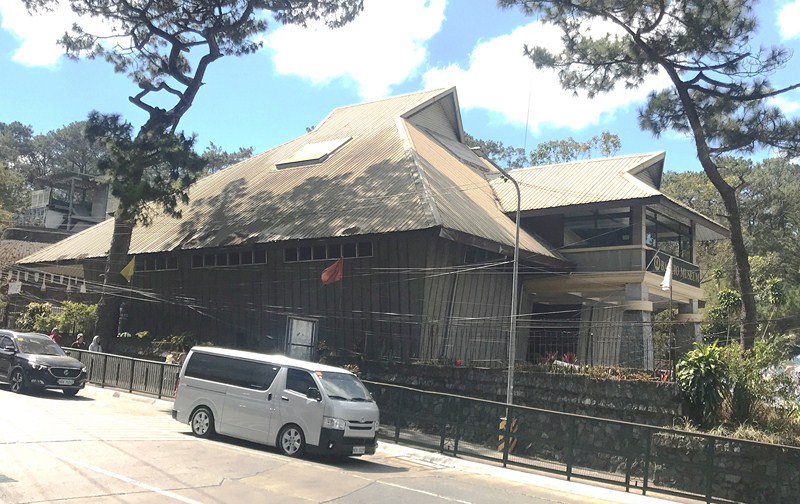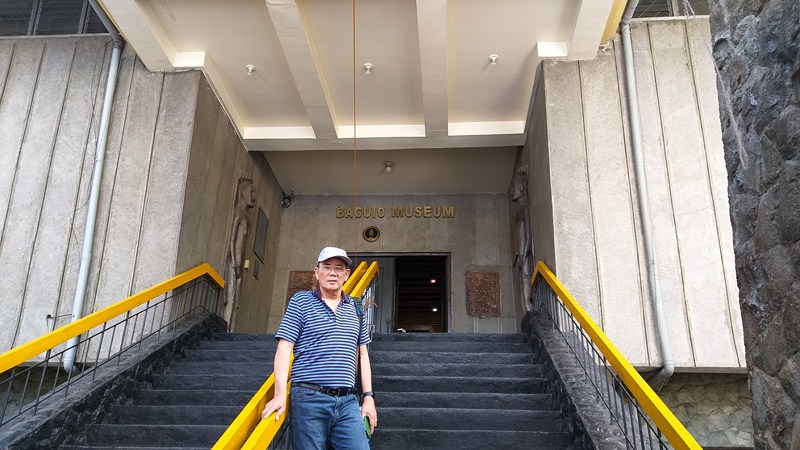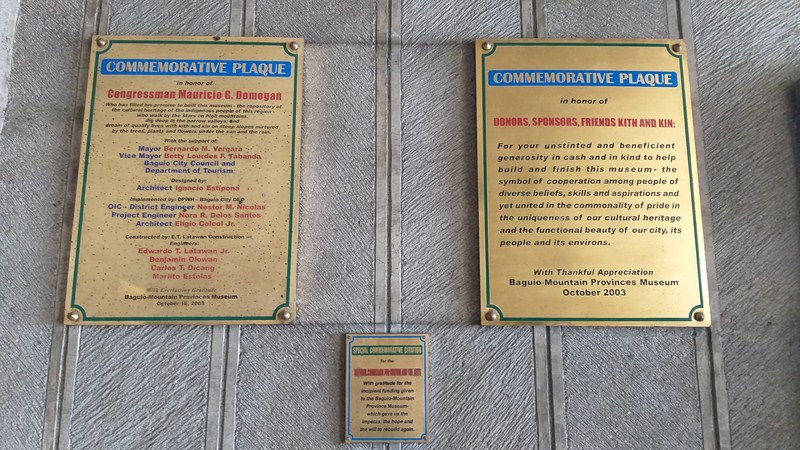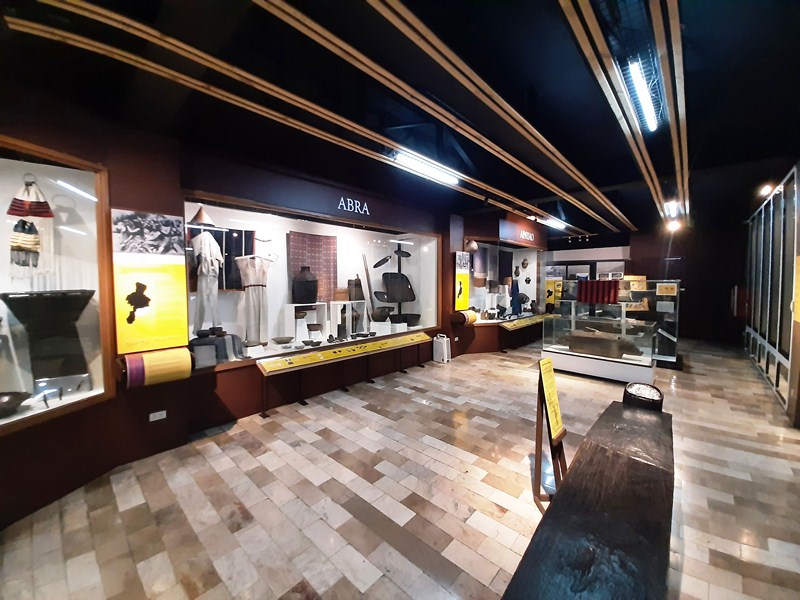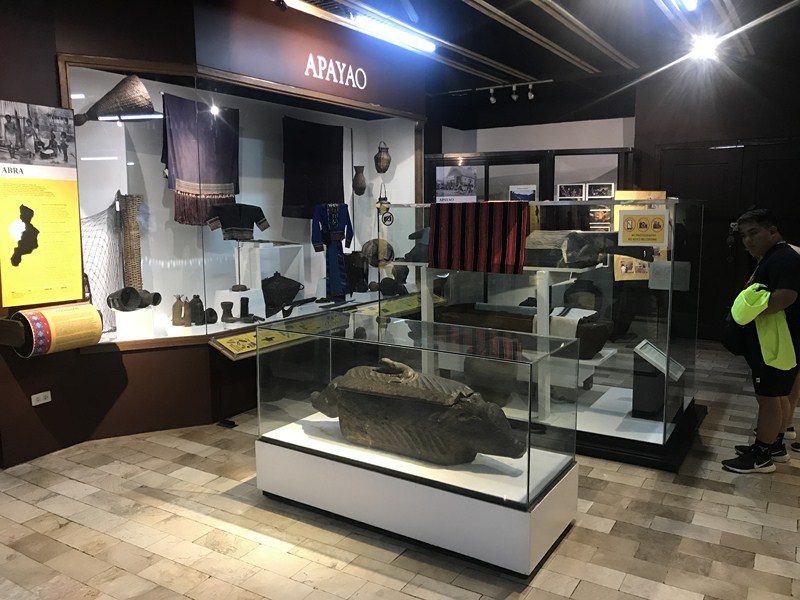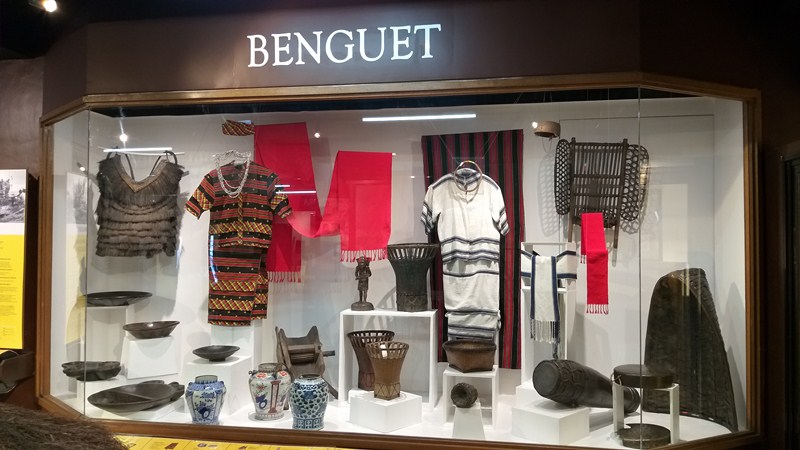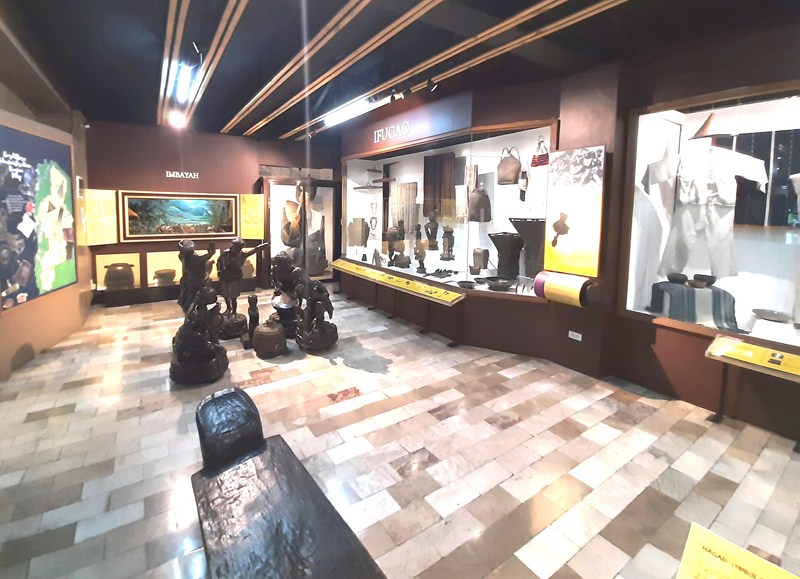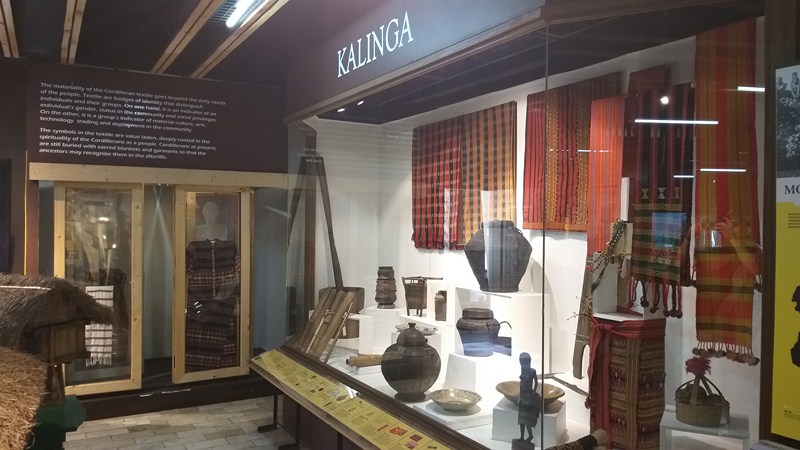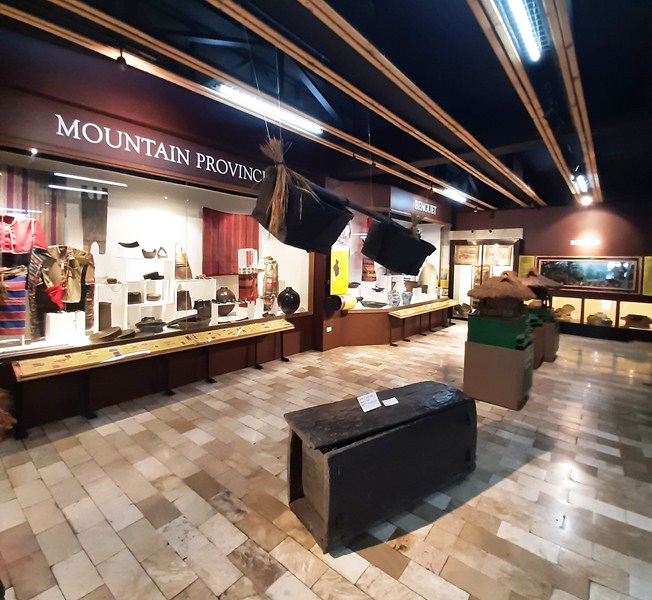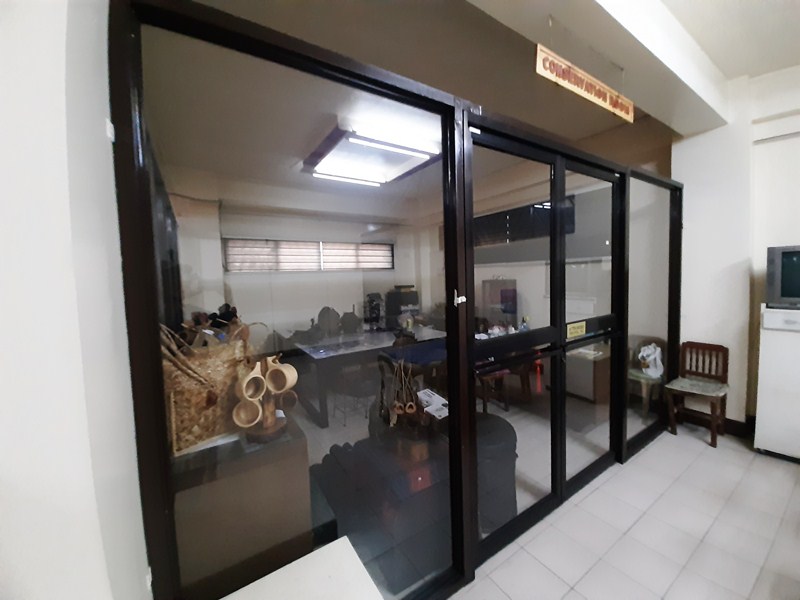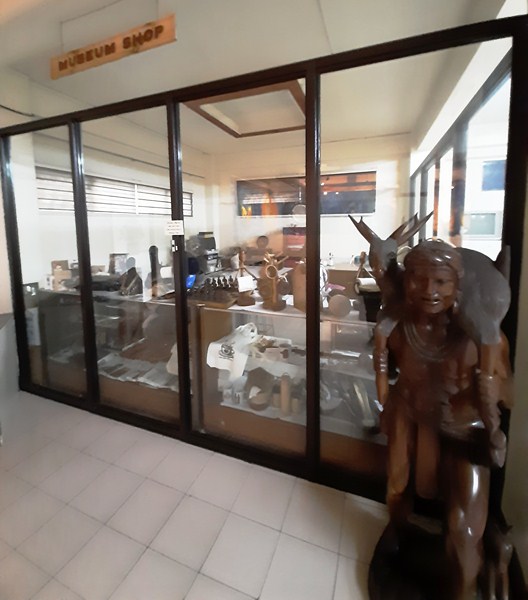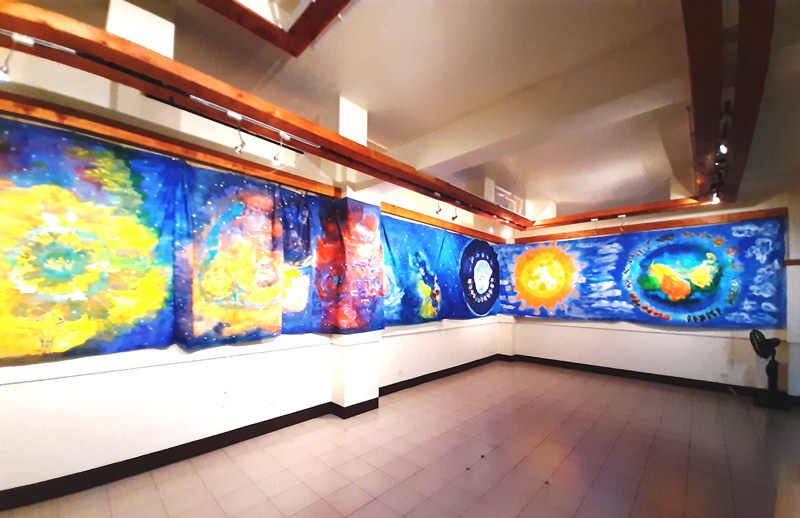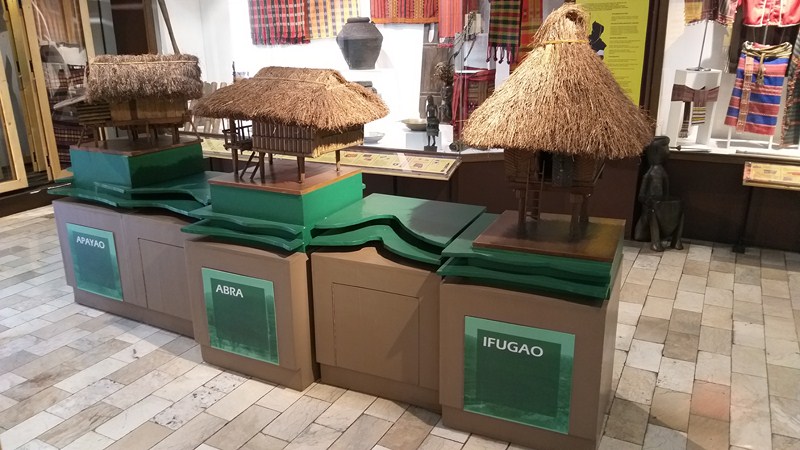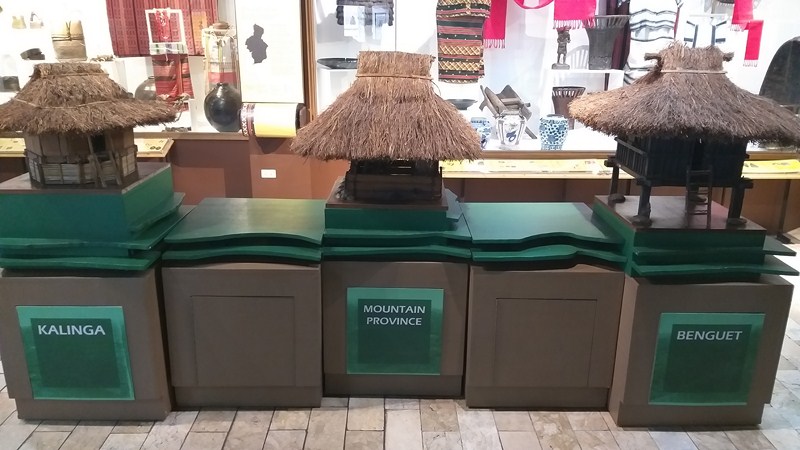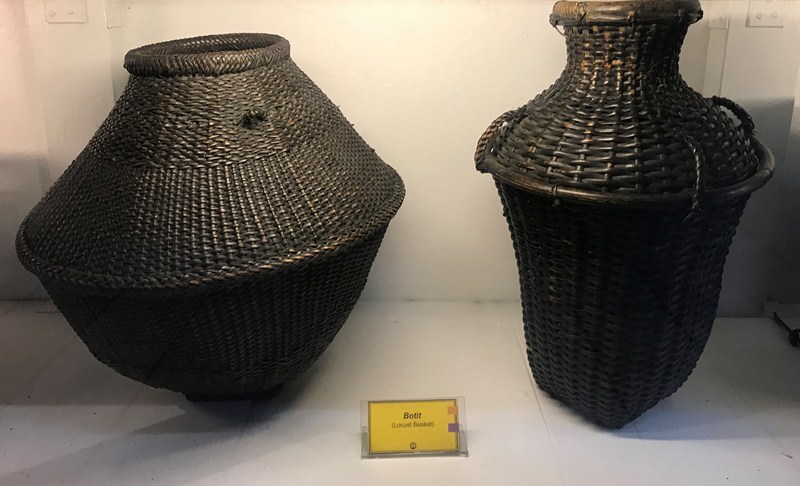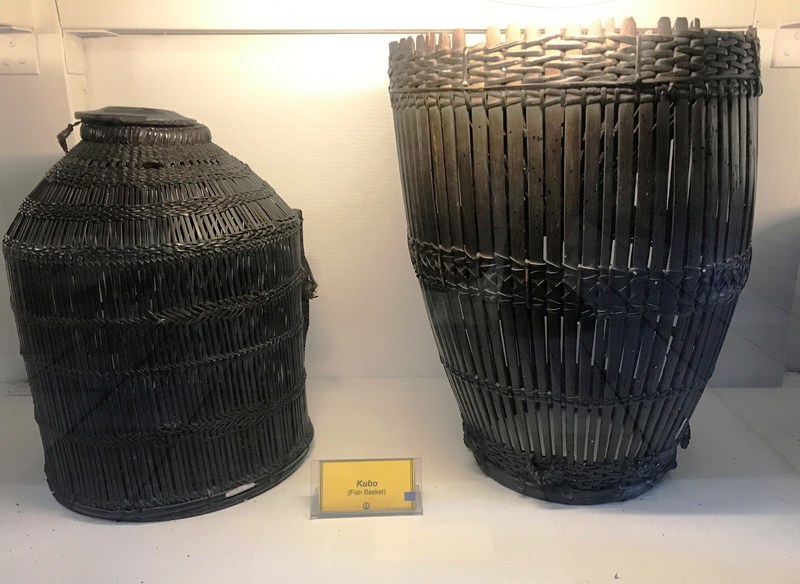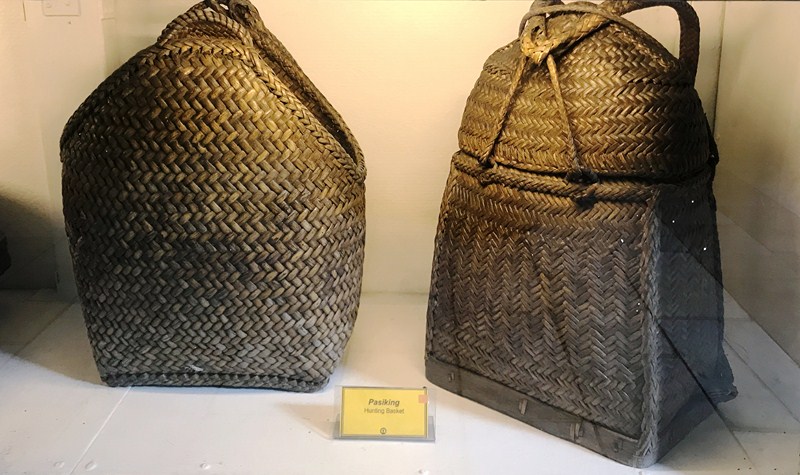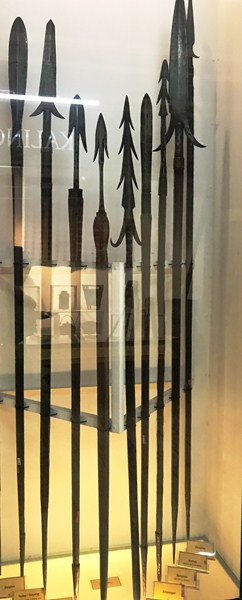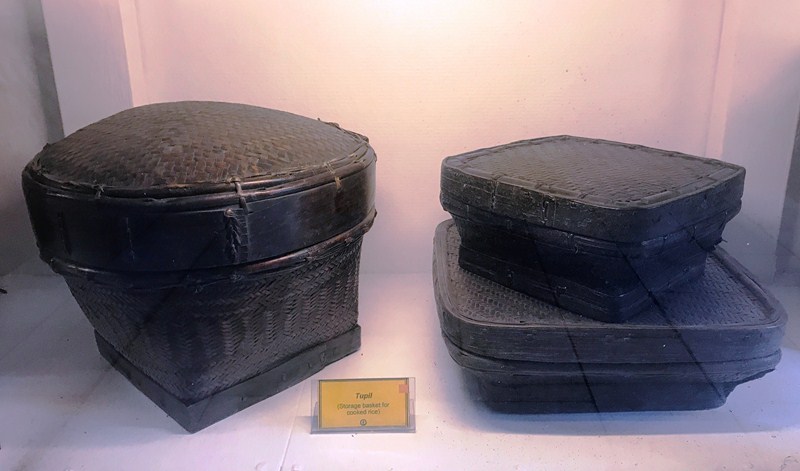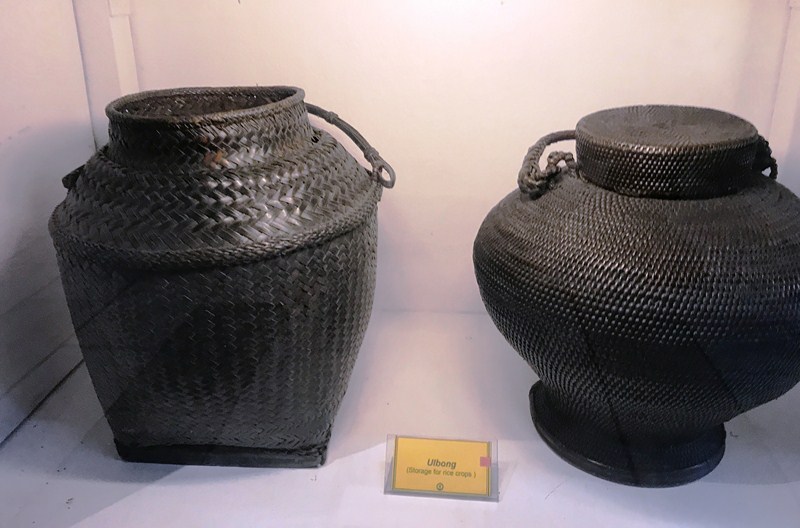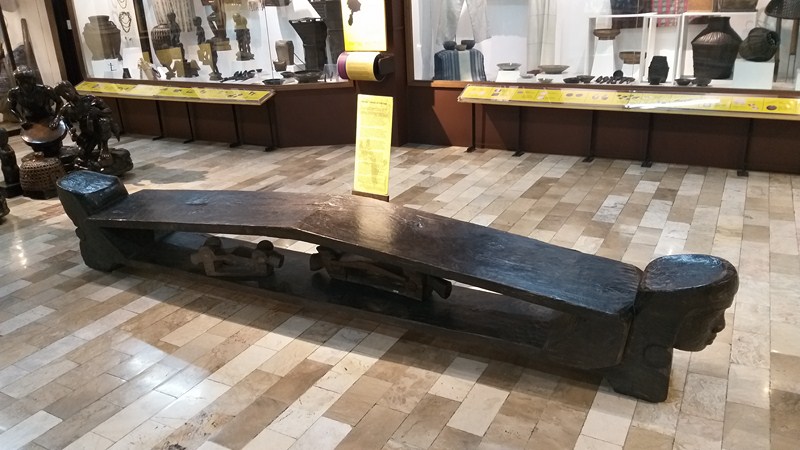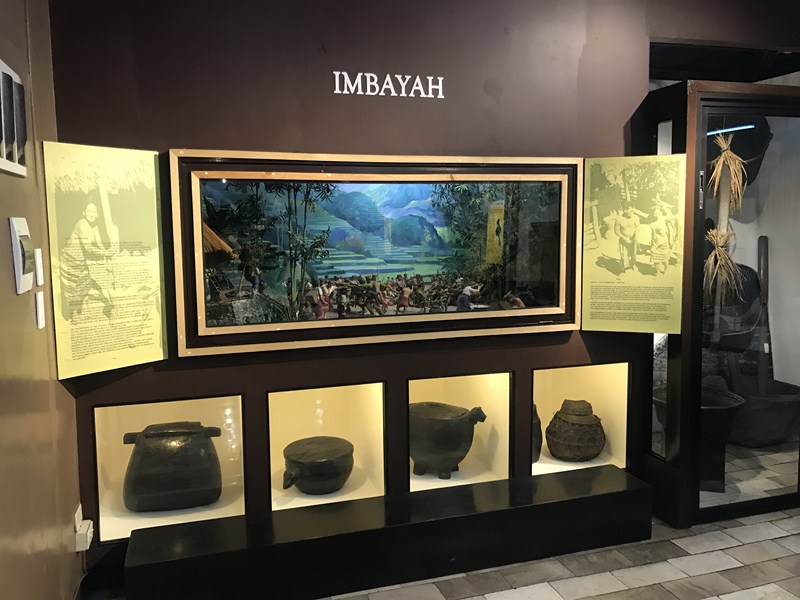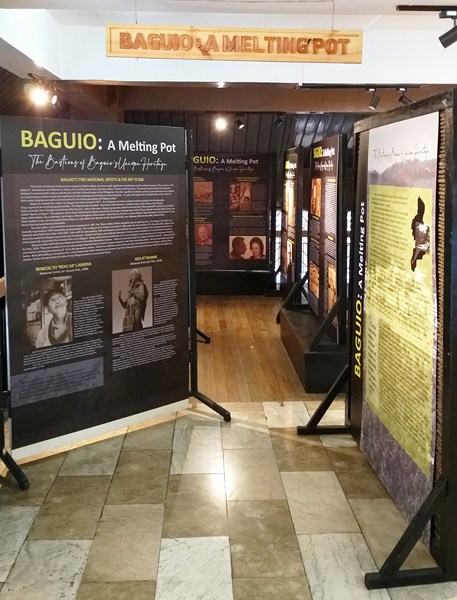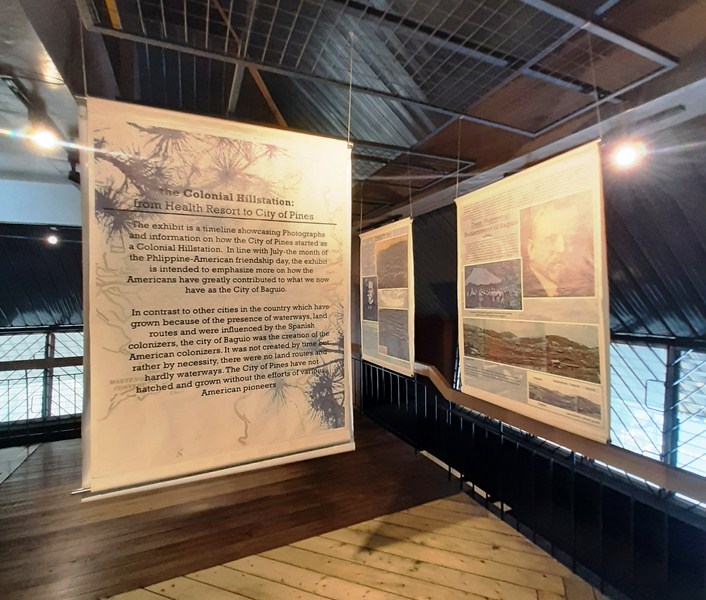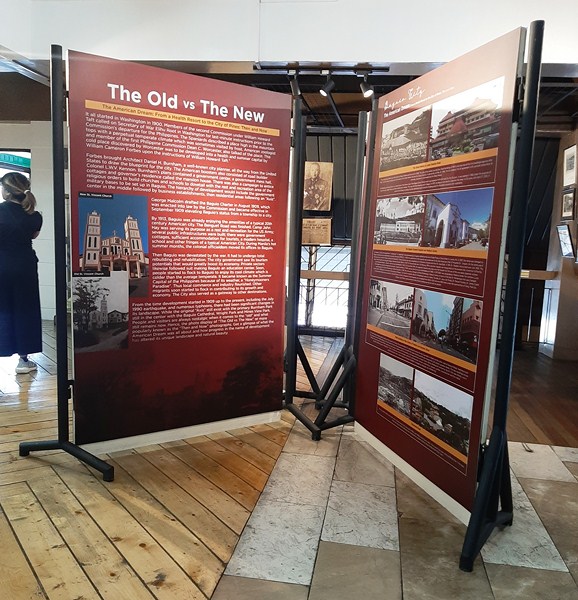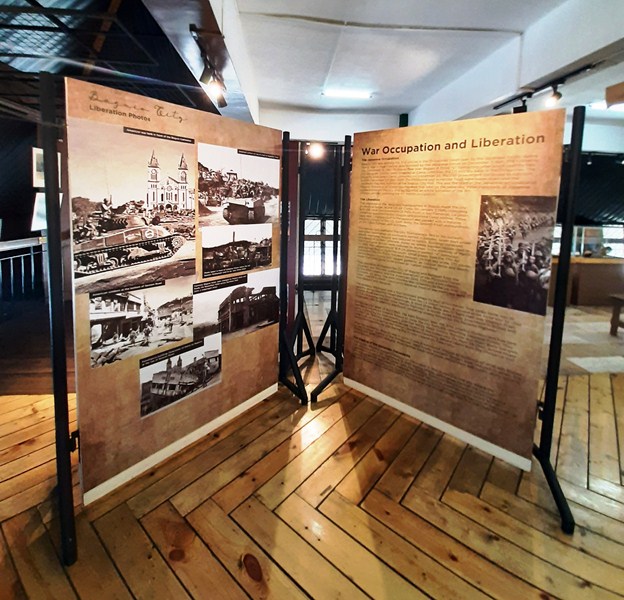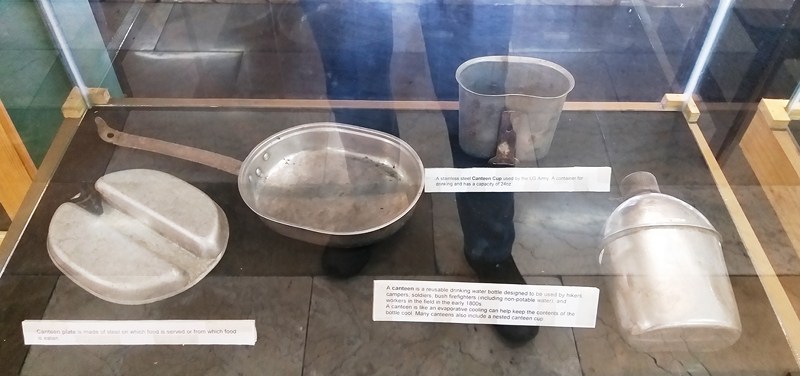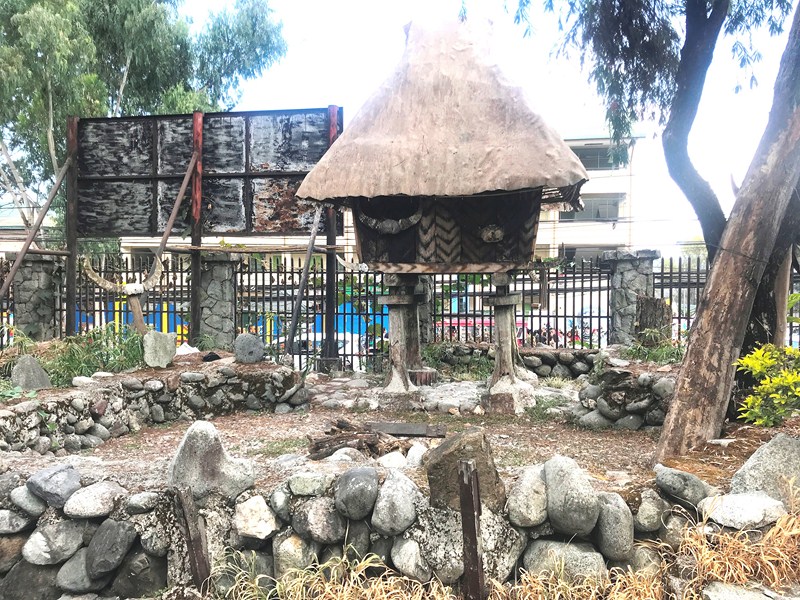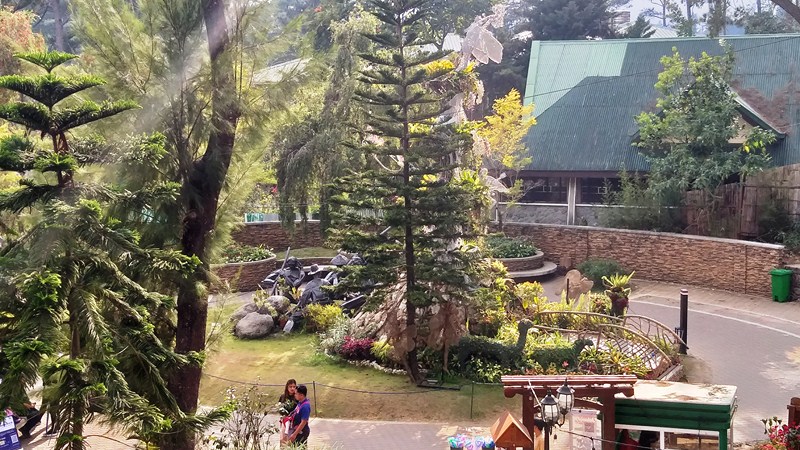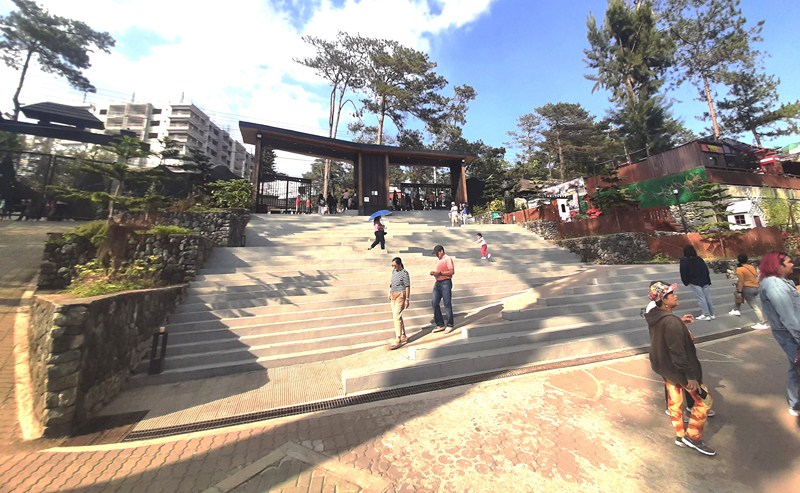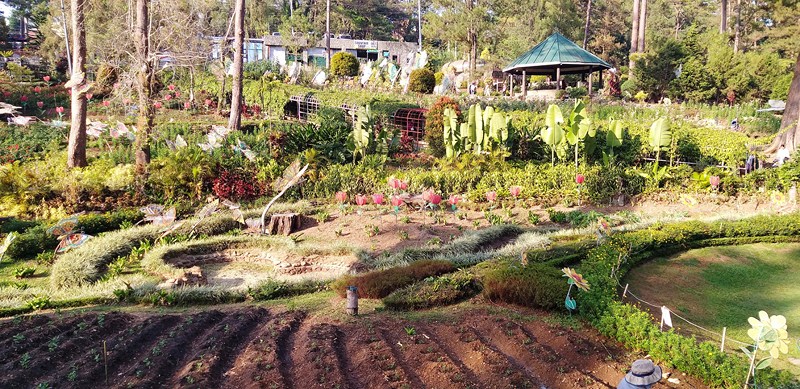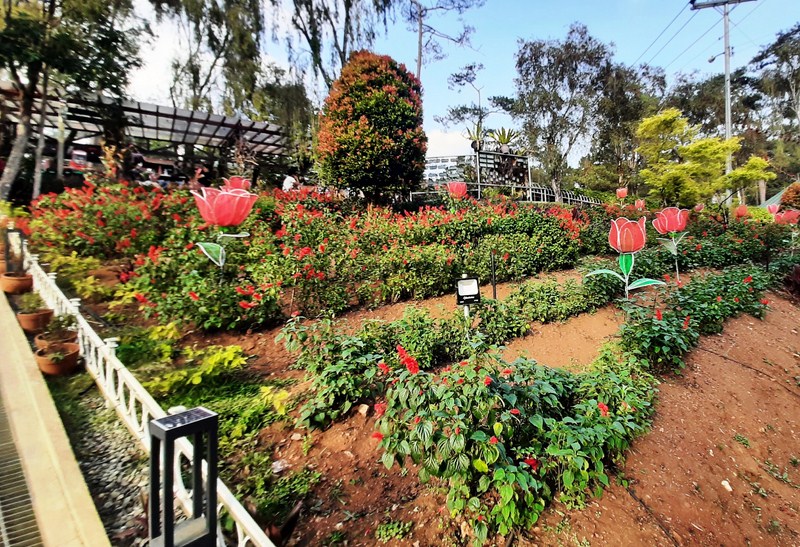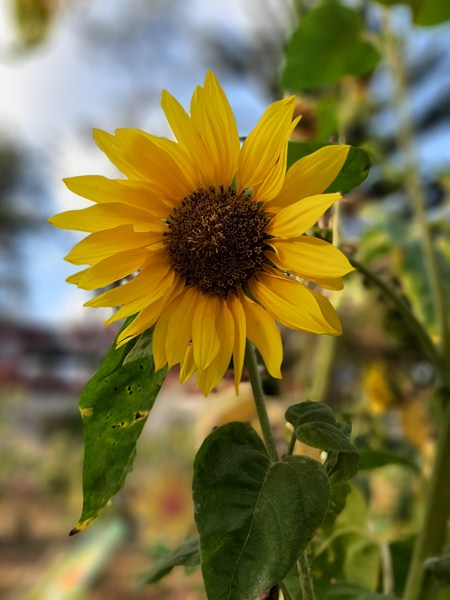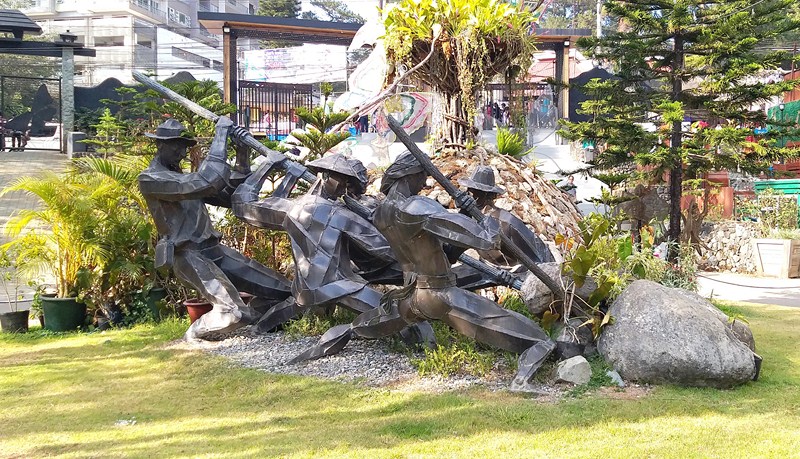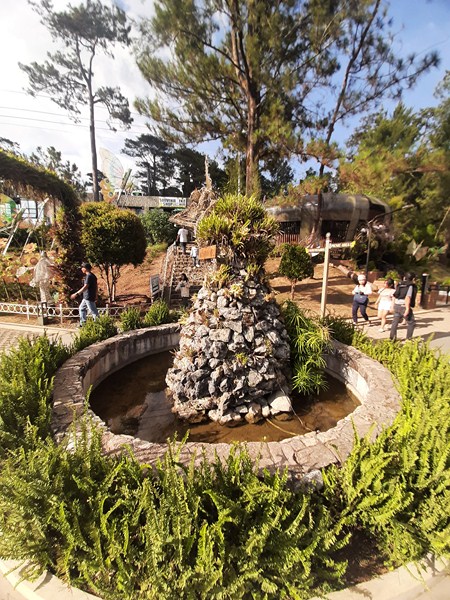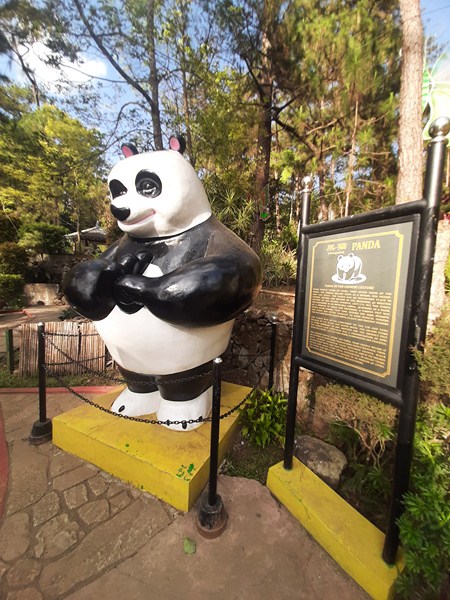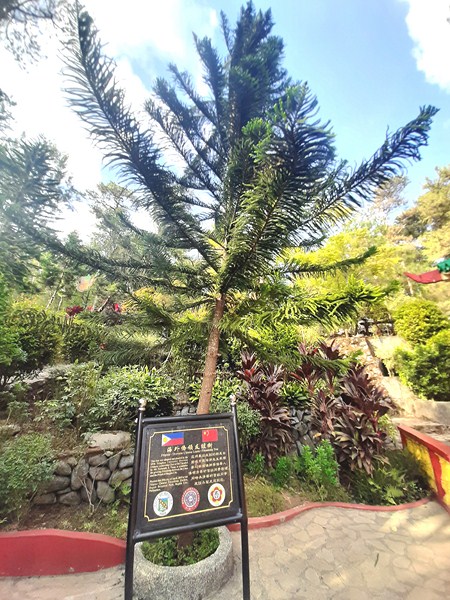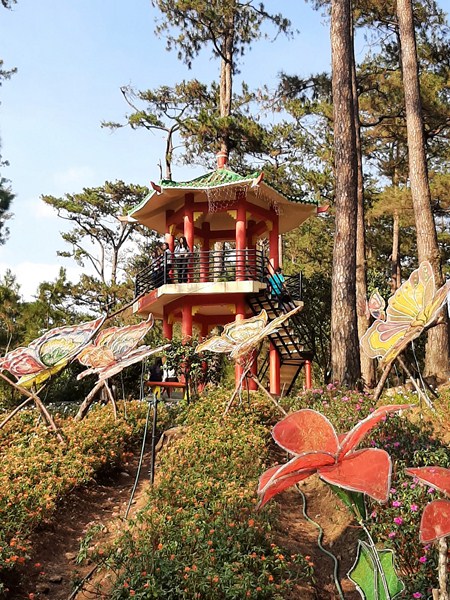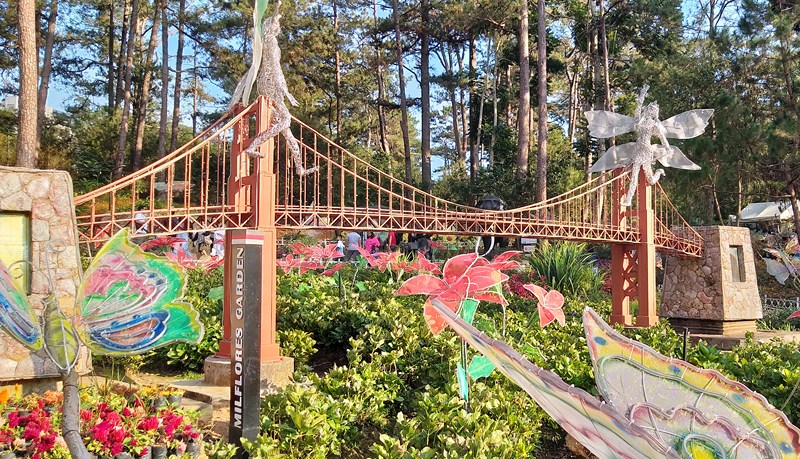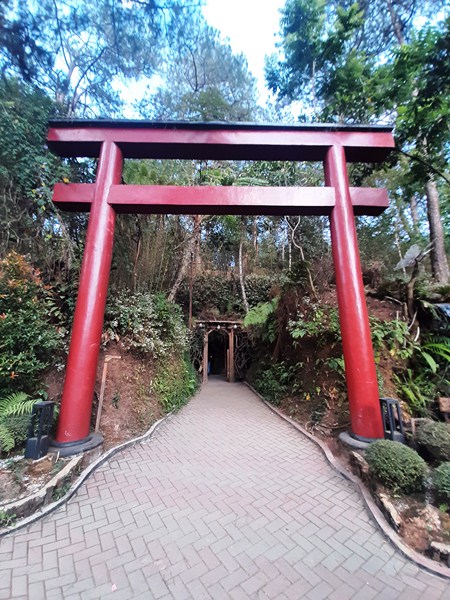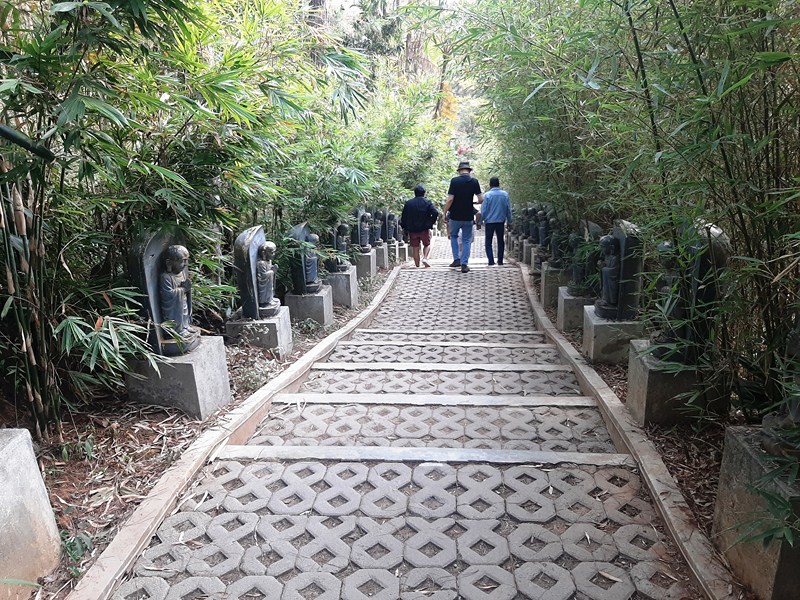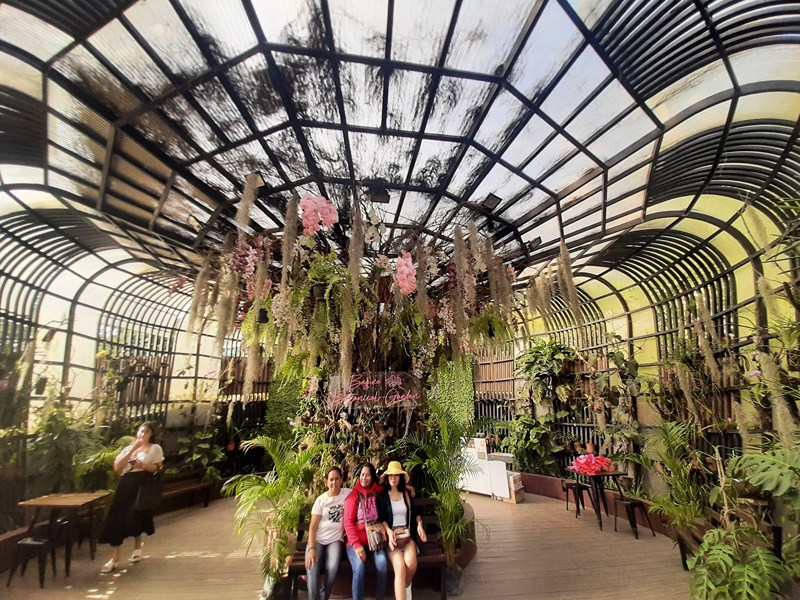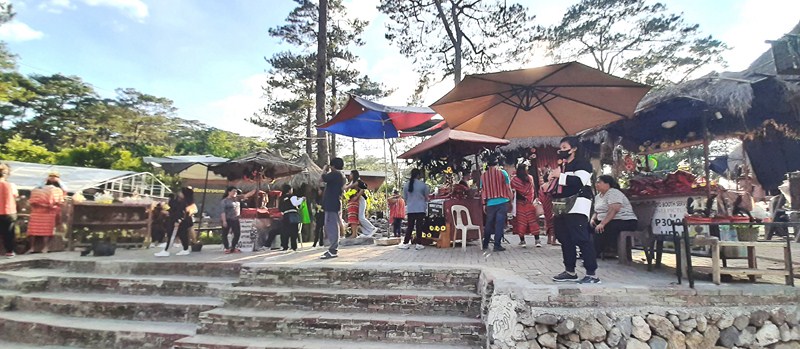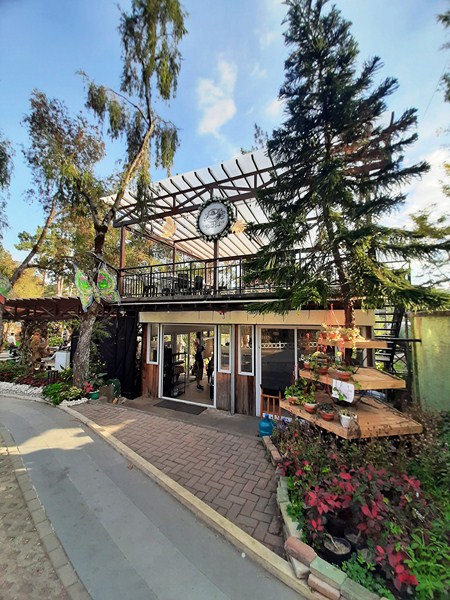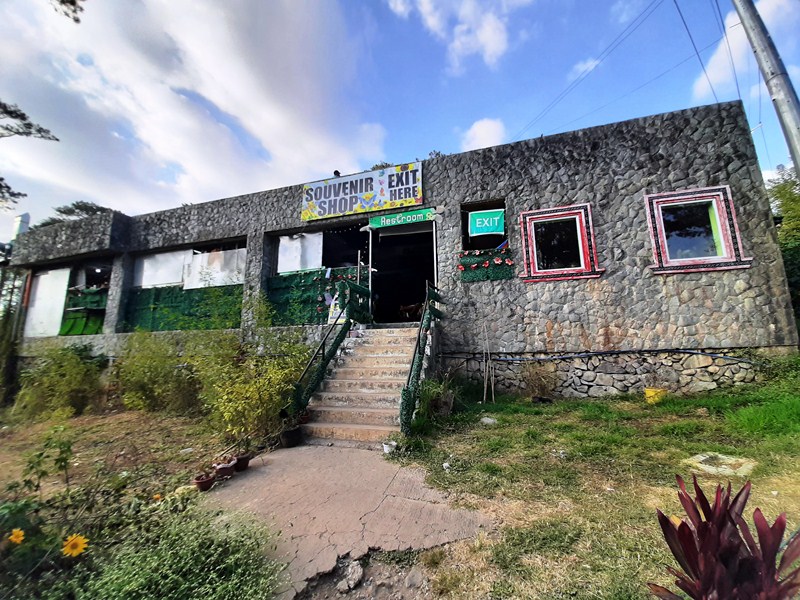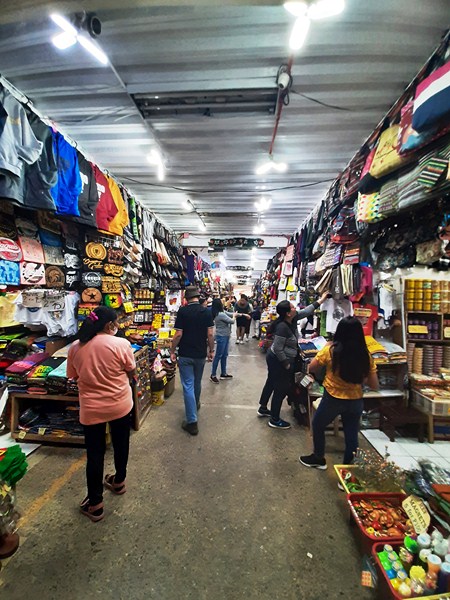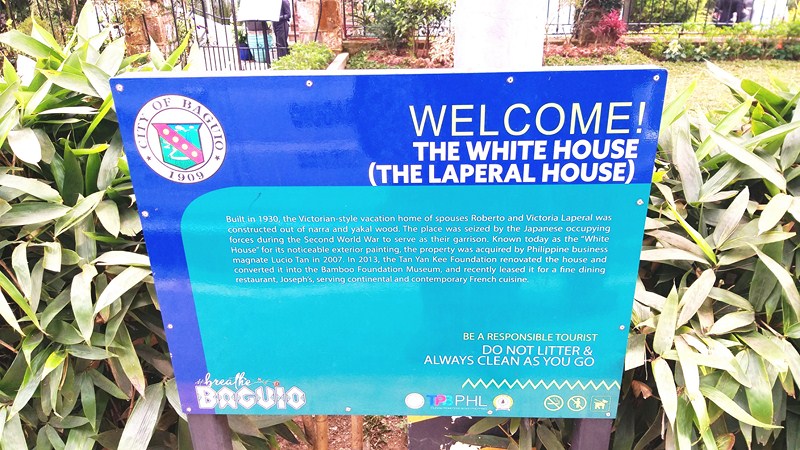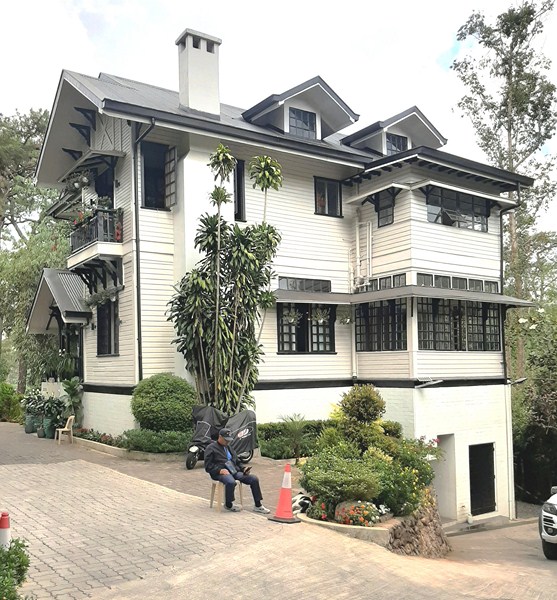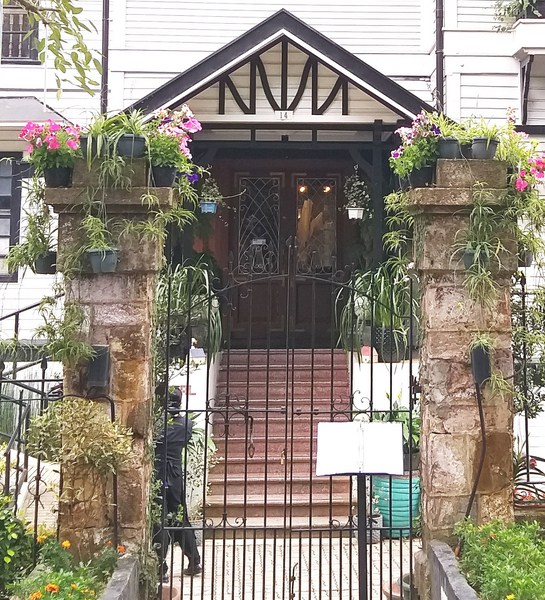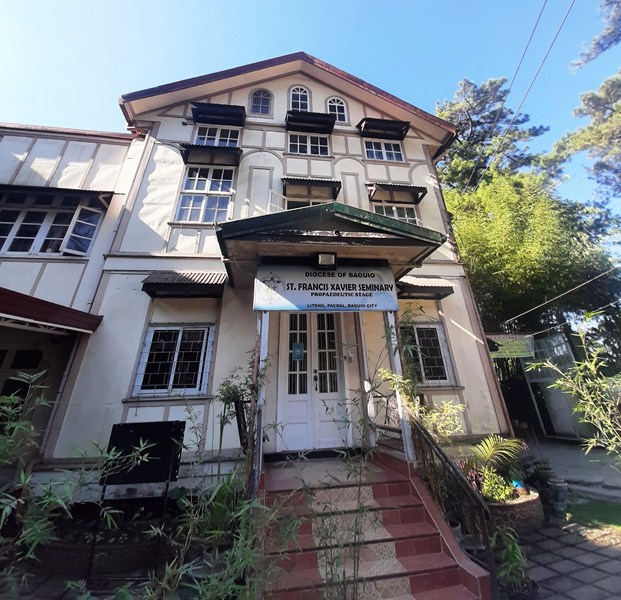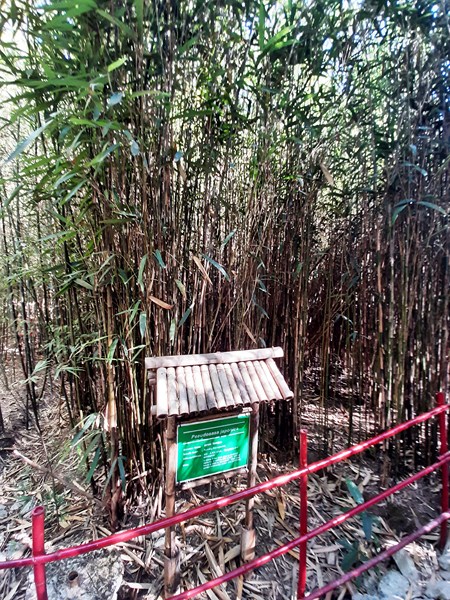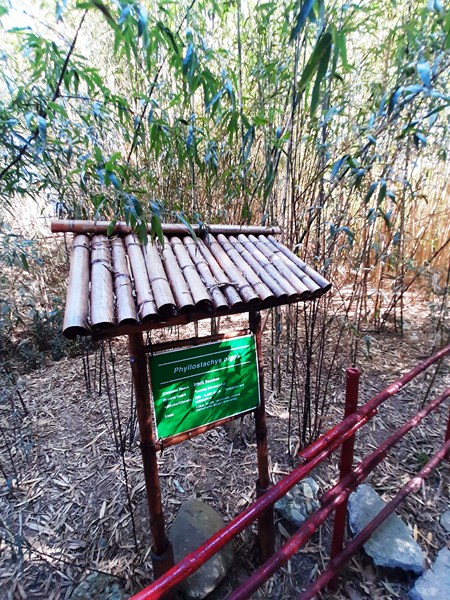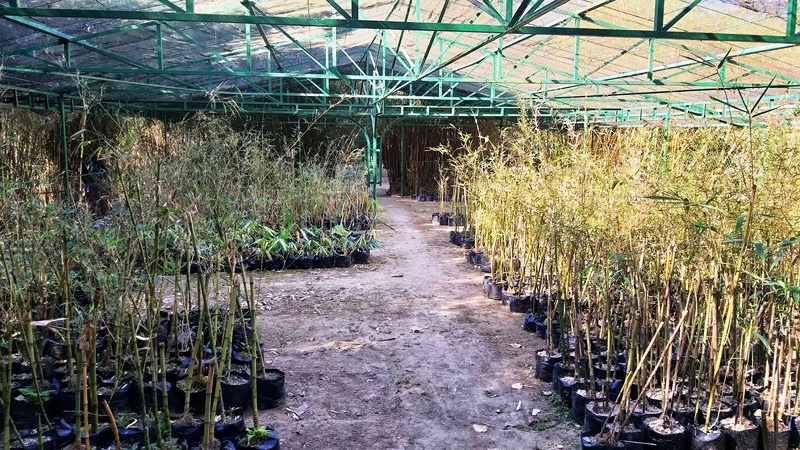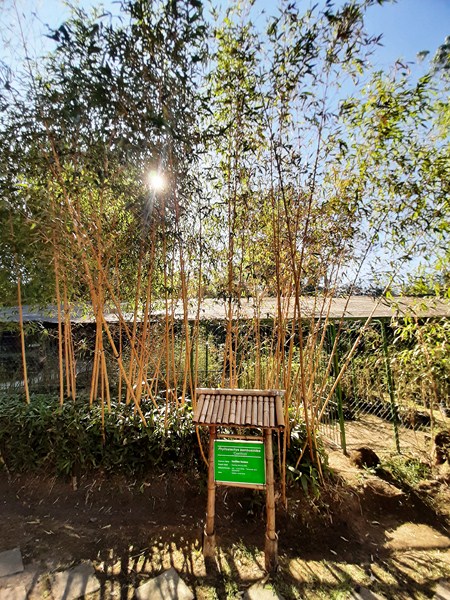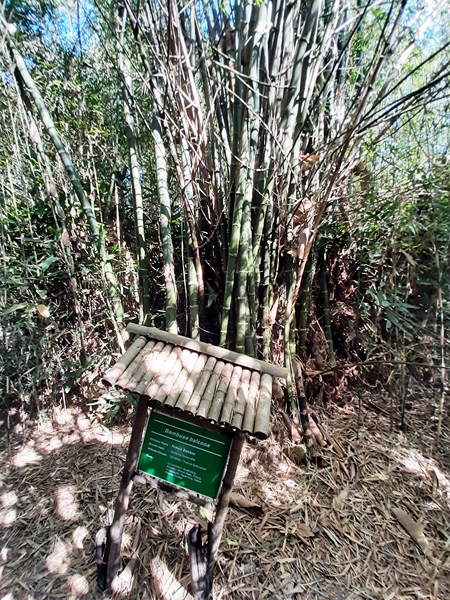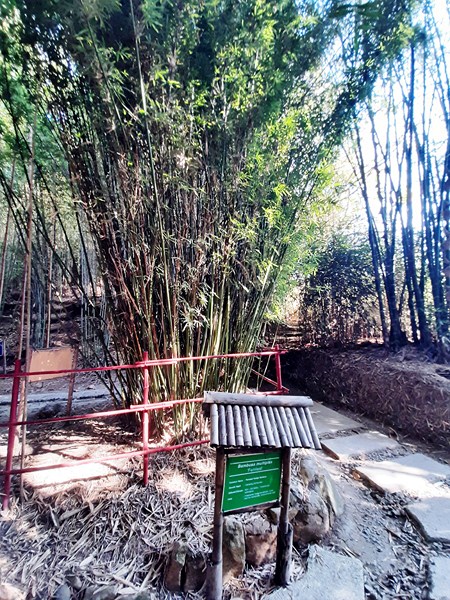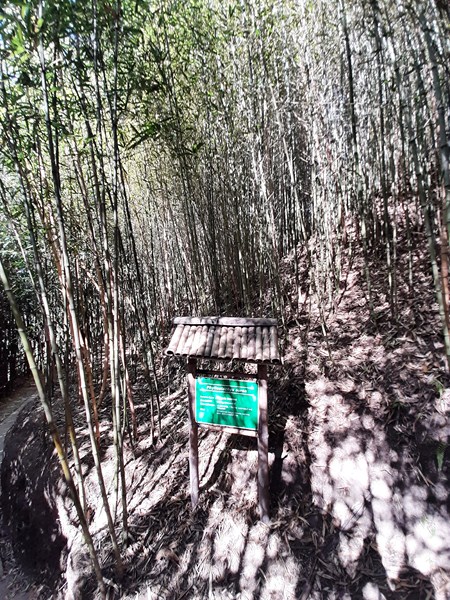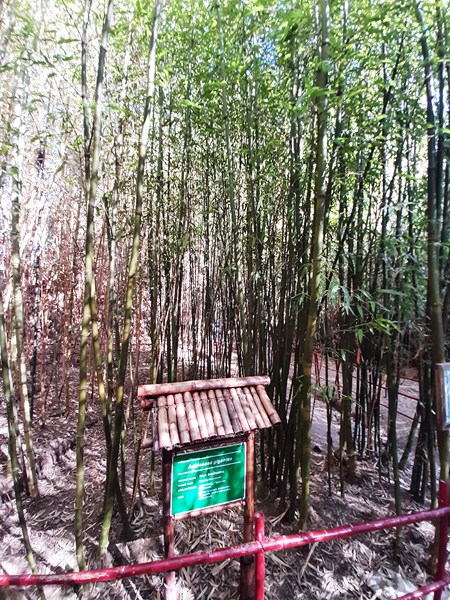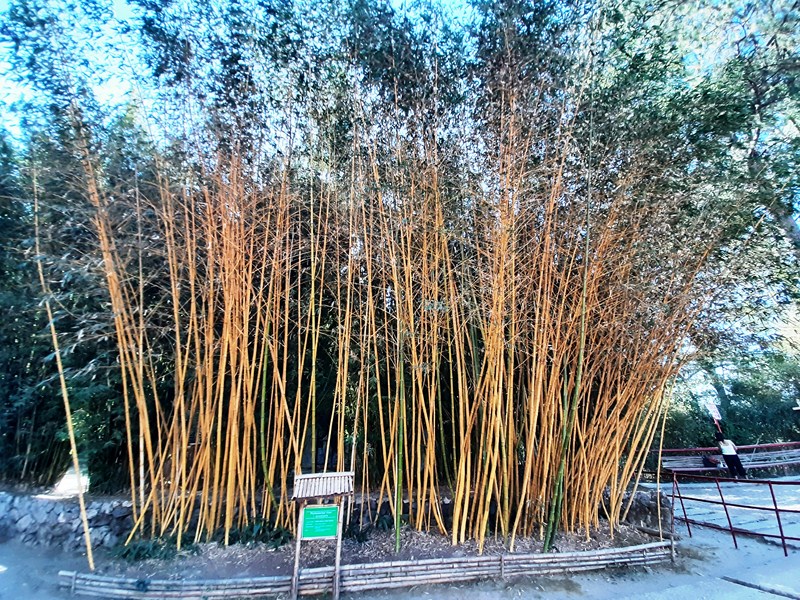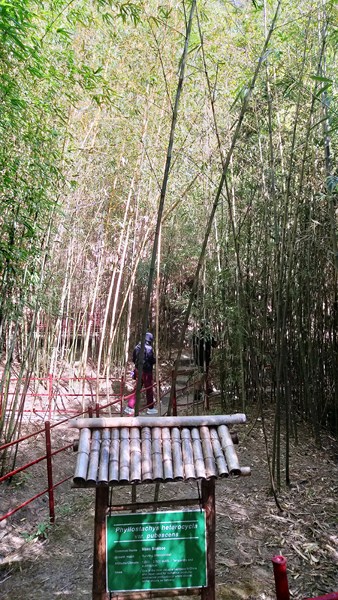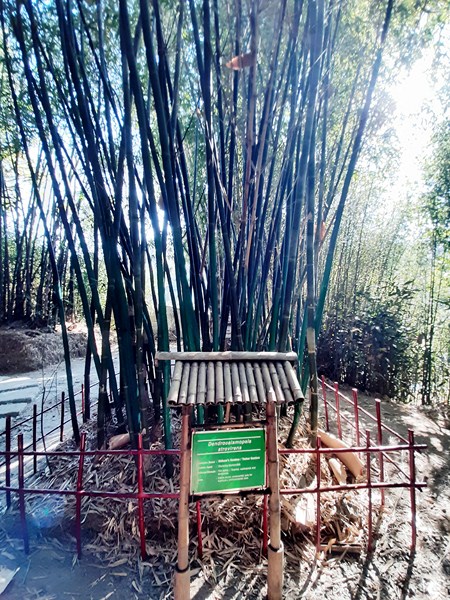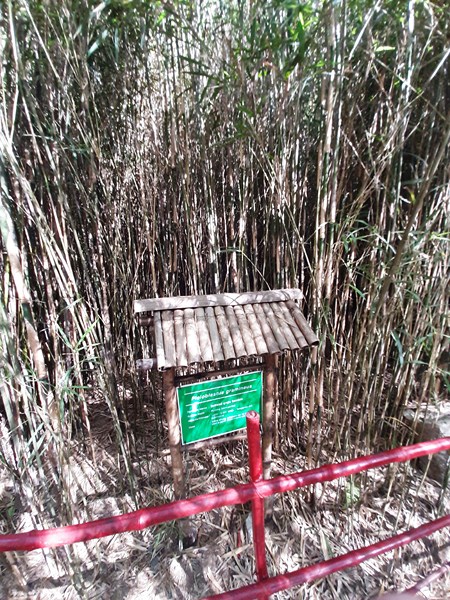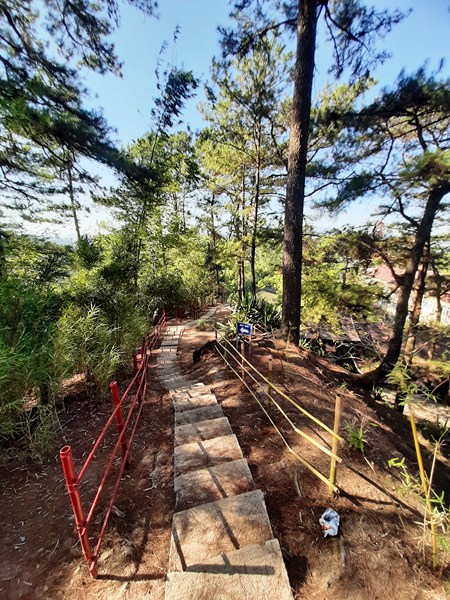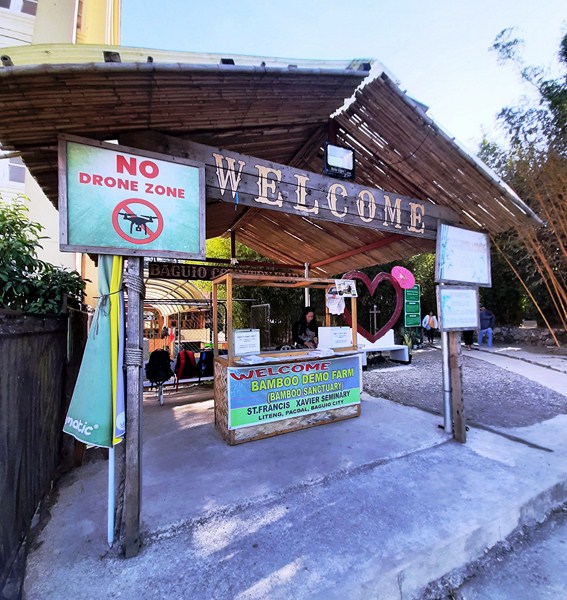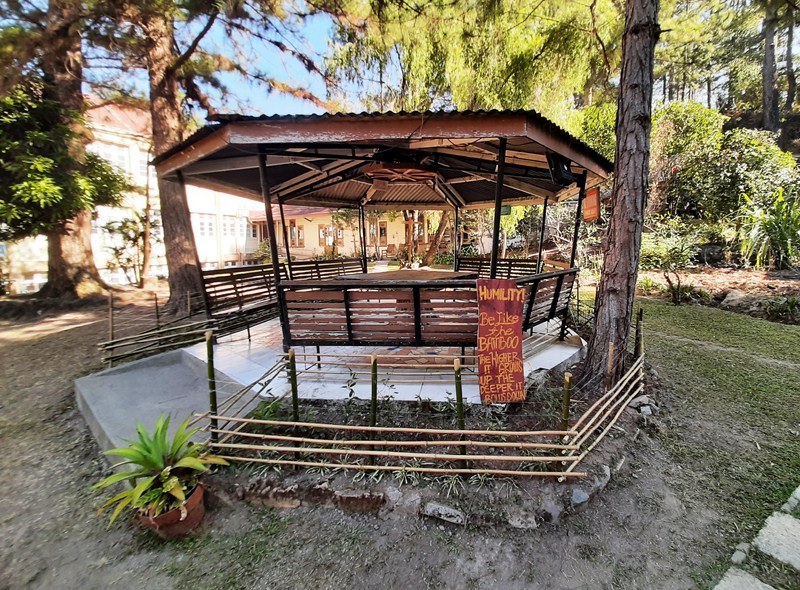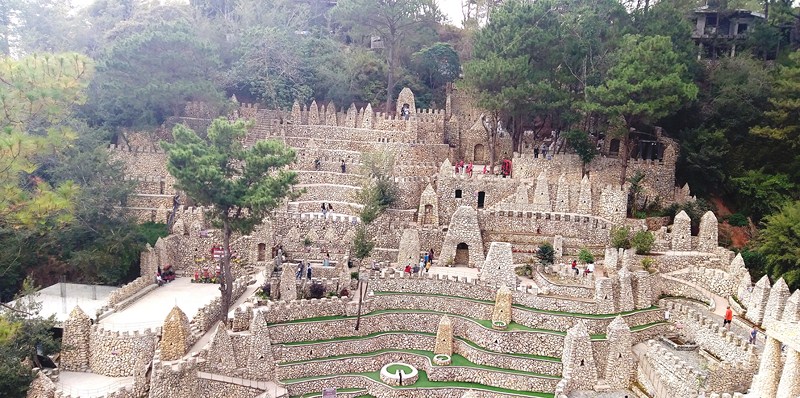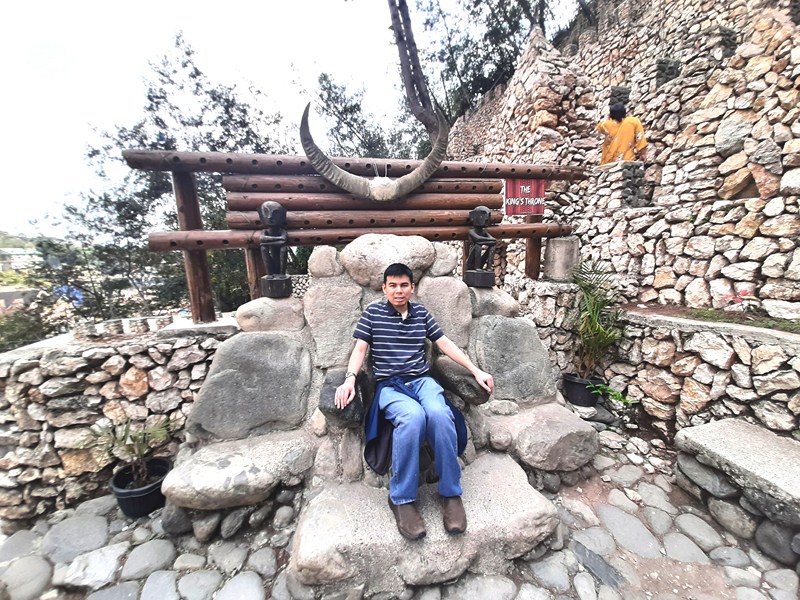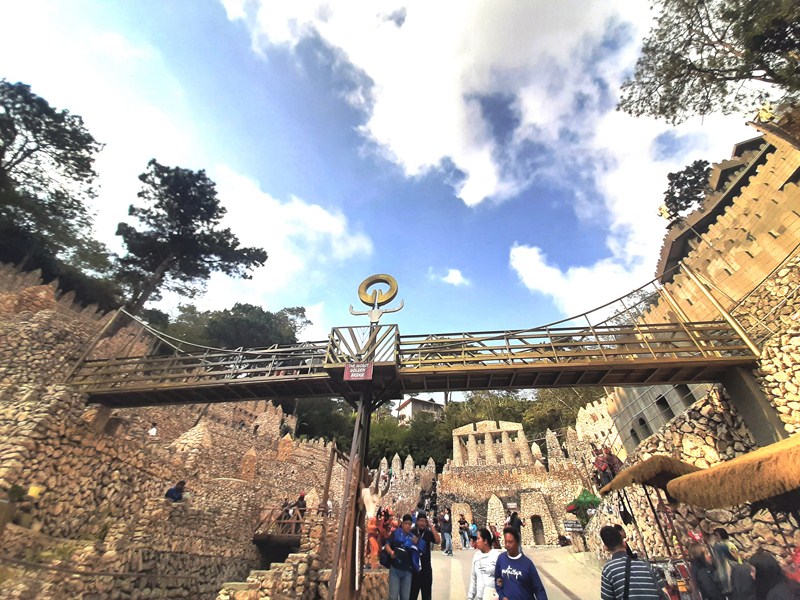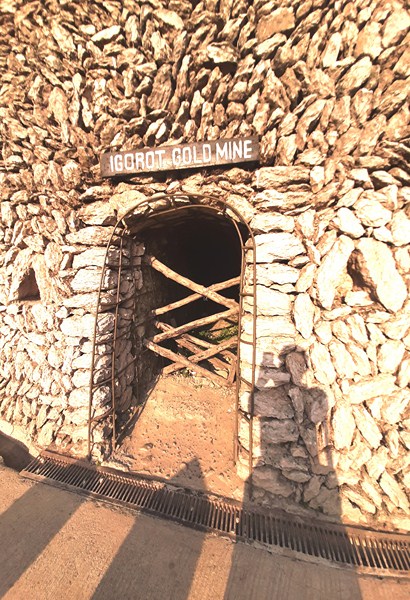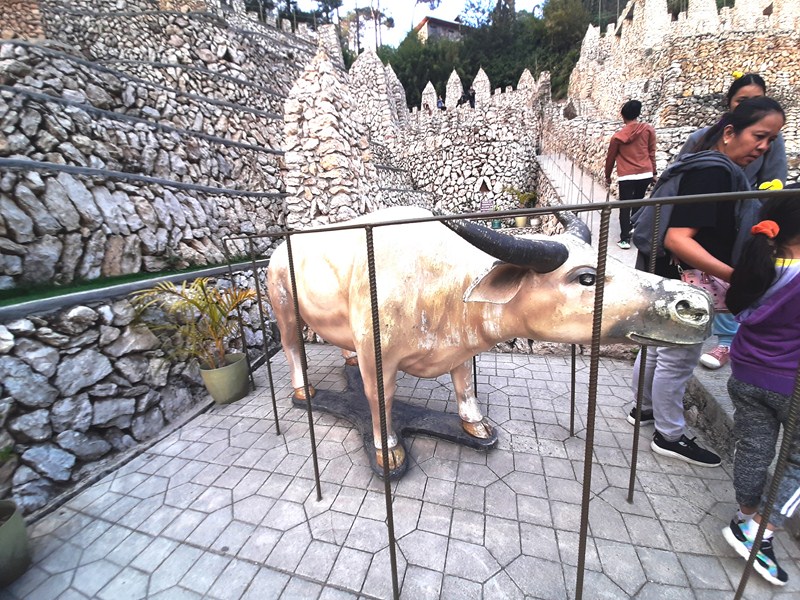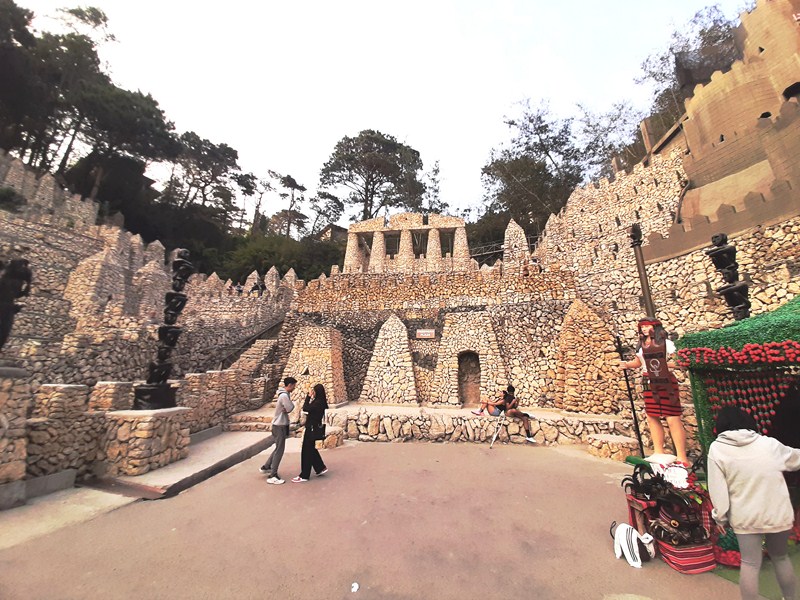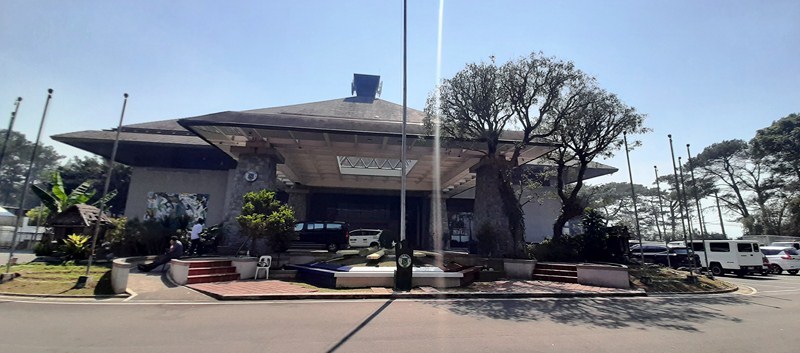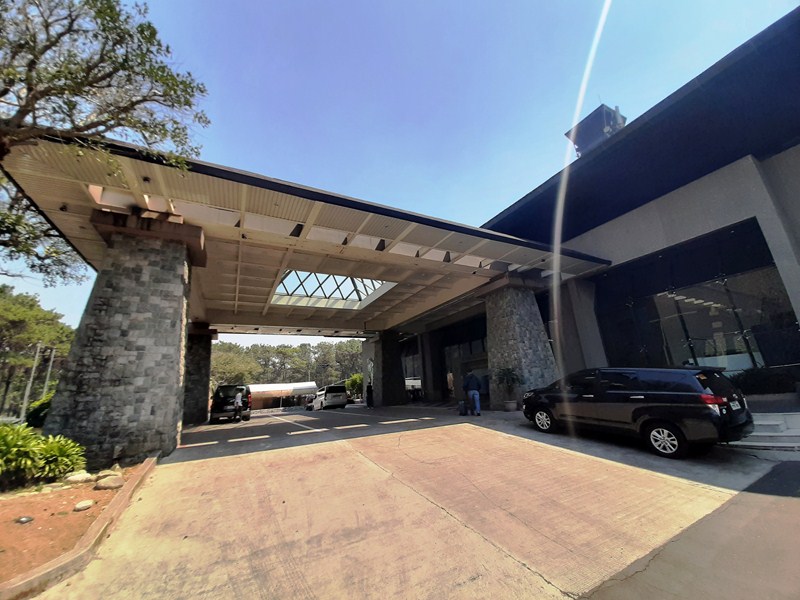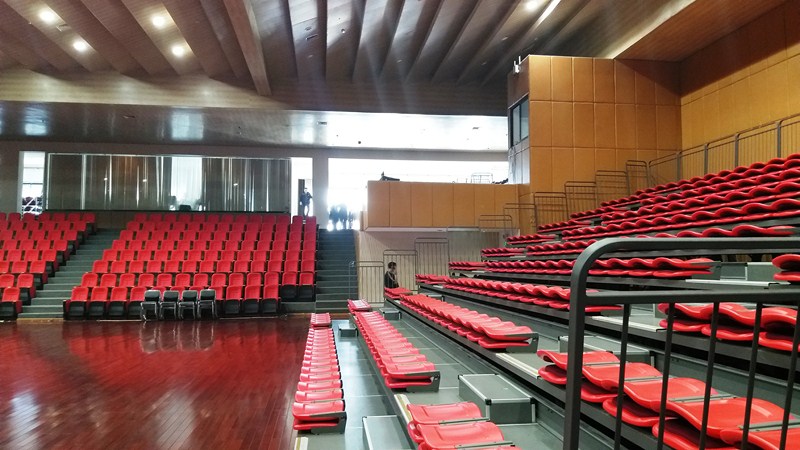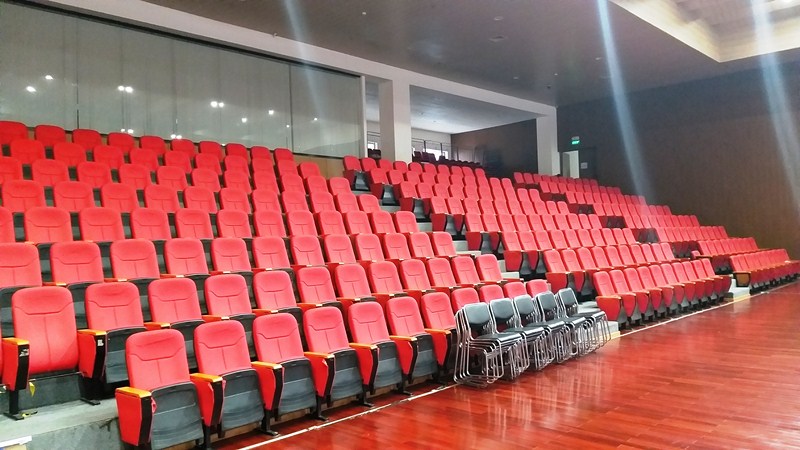On the morning of our fifth day of our stay in the City of Ilagan, we visited one of the gems of Isabela – the newly-rehabilitated Abuan River Adventure and Eco Park.
Located at the eastern part of the city, it is a favorite place for villagers and tourists who do picnicking, whitewater rafting (it is said to be the nation’s next big whitewater destination), rappelling, waterfalls trekking, hiking, scaling cliffs and falls, swimming, rafting, kayaking and other water activities. It is part of the vision of the City Government of Ilagan to be a livable city by 2030.
The beautiful, crowd-drawing, 65 km. long and pristine Abuan River, the clearest river in the province, is located 82 m. above sea level, at the Northern Sierra Madre Natural Park (considered one of the most important of the protected areas system of the Philippines), where one of the widest remaining tropical rainforest, rich in flora and fauna (like Philippine hawks, crocodiles and eagles), in the island of Luzon, can be found.
Its cold, crystal clear water is an essential conduit channel inside the 50,625-hectare Abuan Watershed and the water from the stream is used in water irrigation for the crops and rice fields in the province..
In the past, it was once regarded, by the Department of Interior and Local Government, as the “cleanest river” in Cagayan Valley in the 1990s but deforestation, due to illegal logging, poaching, charcoal production activities and land conversion, has led to the loss of ecosystem services in the Abuan watershed which could displace almost 130,000 families living near the river.
It now provides a wellspring of work and alternative livelihood to past loggers and timber haulers, otherwise called bugadores in layman’s term. Local people such as some Agtas living near the tourist spot were also hired as life guards and tourist guides while others maintain the cleanliness around the park.
Periodic cleanup and rehabilitation is done, the last starting on January 9, 2024, when the river was closed, as many people, who have flocked to the area, have been polluting the river with garbage and other waste. For almost a month, it was rehabilitated by City Mayor Josemarie L. Diaz who had the river dredged and installed riprapping along the river banks. Additional facilities for water adventure rides like kayaks, boats, pedalboats, and all-terrain vehicles (ATVs) were also provided. The park was reopened on March 11, 2024.
Using one of the big ATVs, we were brought up, along a dirt road, up to the viewpoint where we had a bird’s eye view of the Abuan River, the 23 blue-colored houses of the local government-funded resettlement area for the Agta, and the rest of the Ilagan countryside. Further up, at the highest point of the hill, is a wind farm with another view deck.
Back at the river, we boarded boats, piloted by former bugadores, and bought, past rock formations, to a shallow swimming area with a quite strong current. Here, we dipped our bodies in the cool, crystal-clears waters. Later, Cris, Mich, Sydney, Lea and Ann tried out jetskiing.
Back at the cool shade underneath the Abuan Bridge, we feasted on sweet corn, sandwiches, sliced watermelon and halo-halo (Php20 each) before returning to our hotel for a late lunch.
Abuan River Adventure and Eco Park:Sitio Bintacan, Brgy. Cabisera 10, 3300 City of Ilagan, Isabela. Admission: Php45.
Rates:
- Cottages: Php500 for 3 x 3 m., Php300 for 2.5 x 2 m.
- Canopy (280 x 480): Php500
- Umbrella: Php150
- Pedal boating: Php150 for 30 mins.
- Boating: Php200 for 45 mins., maximum of 8 pax
- Kayaking: Php150 for 30 mins.
- Crystal-clear kayaking: Php150
- Paragliding (15 mins.): Php2,500
- Paramotor (15 mins.): Php2,500
- Jetski (15 mins.): Php1,200
- Motorboat (15 mins., maximum of 6 pax): Php500
- Water tubing (maximum of 6 pax): Php500
- All-terrain vehicles (ATV): Php250 (small, 15 mins.), Php400 (small, 30 mins.), Php300 (big, 15 mins.) and Php500 (big, 30 mins.)
City Tourism Office: 2/F, City Hall Bldg., 3300 City of Ilagan, Isabela. Tel: (078) 624-1511. E-mail: tourism@cityofilagan.gov.ph.
City of Ilagan Tourist Information and Assistance Center: Bonifacio Park, 3300 City of Ilagan, Isabela. Tel: (078) 324-7769. E-mail: ilaganinfocenter@gmail.com.
Isabela Provincial Tourism Office: Provincial Capitol Complex, City of Ilagan, Isabela. Tel: (078) 323-3146. Mobile number: (0917) 317-3820. E-mail: isabelatourismoffice@gmail.com.
Isabela Provincial Information Office: Provincial Capitol Complex, City of Ilagan, Isabela. Tel: (078) 323-0248. Mobile number: (0927) 395-7555. E-mail: letters_info@yahoo.com.
How to Get There: The City of Ilagan is located 429.3 kms. (an 8-hour drive) from Manila and 35.5 kms. (a 1-hour drive) from Cauayan City.

